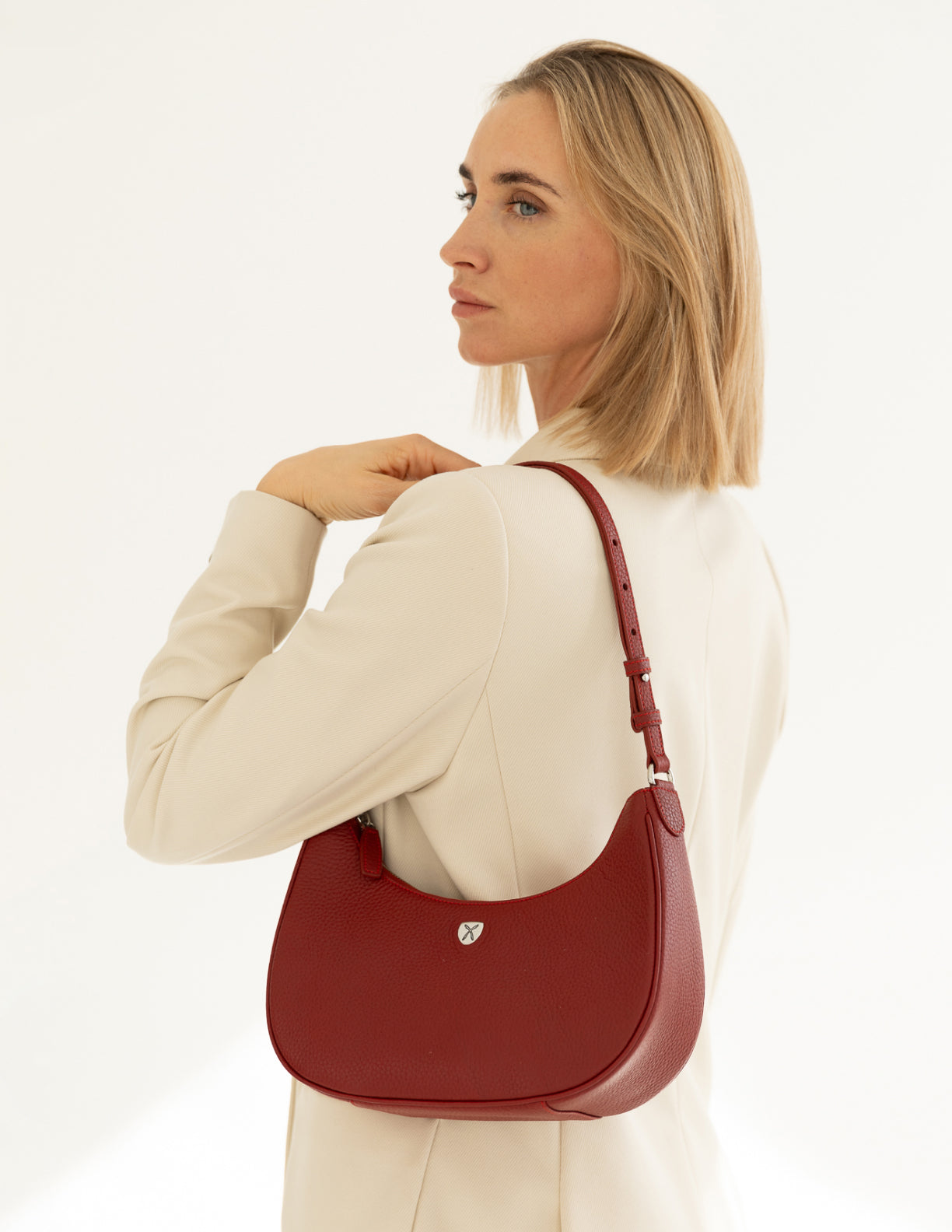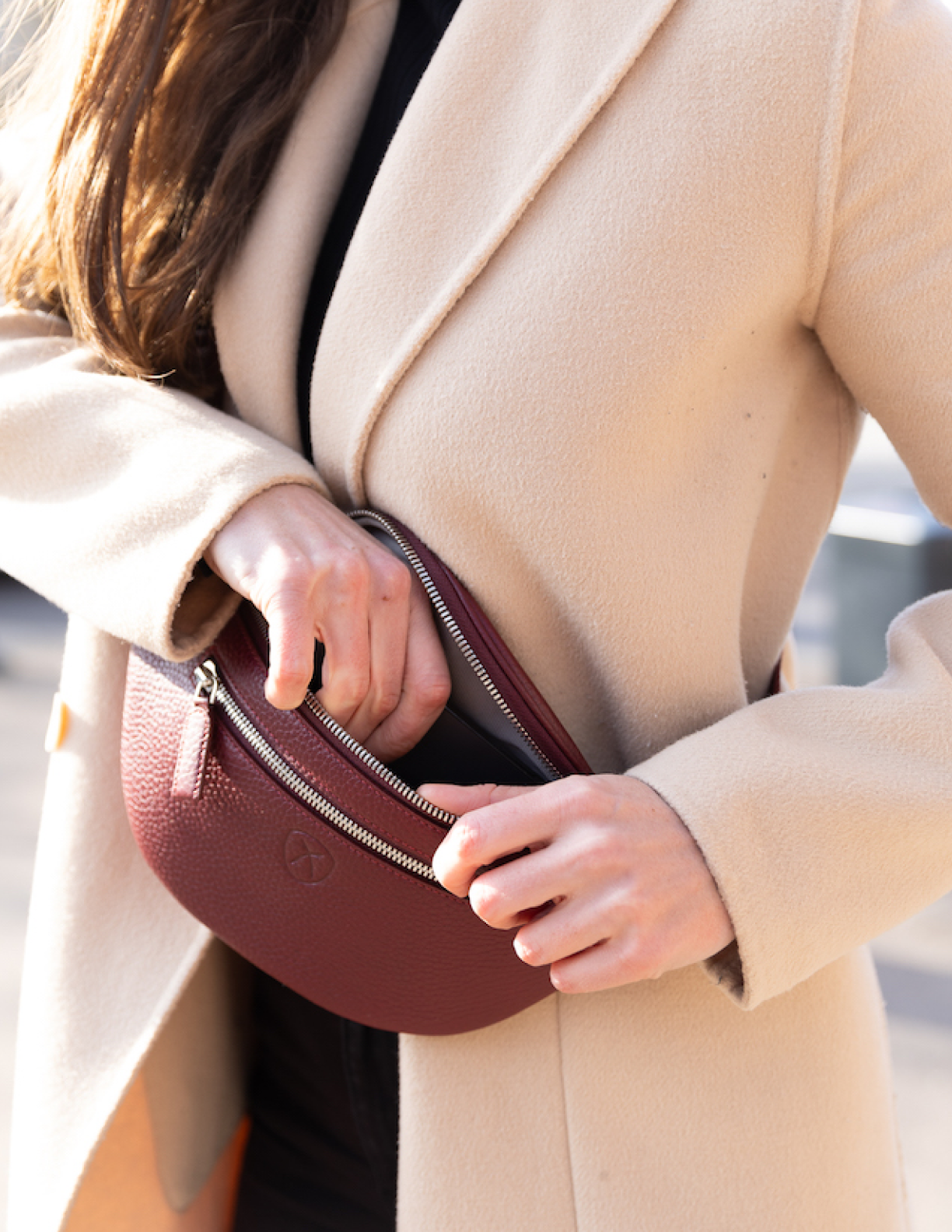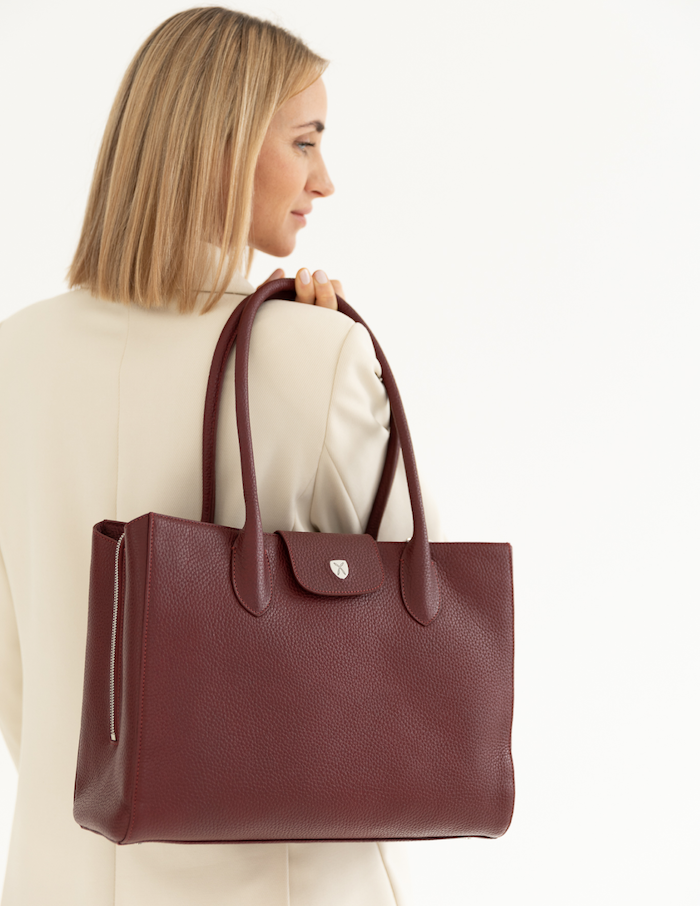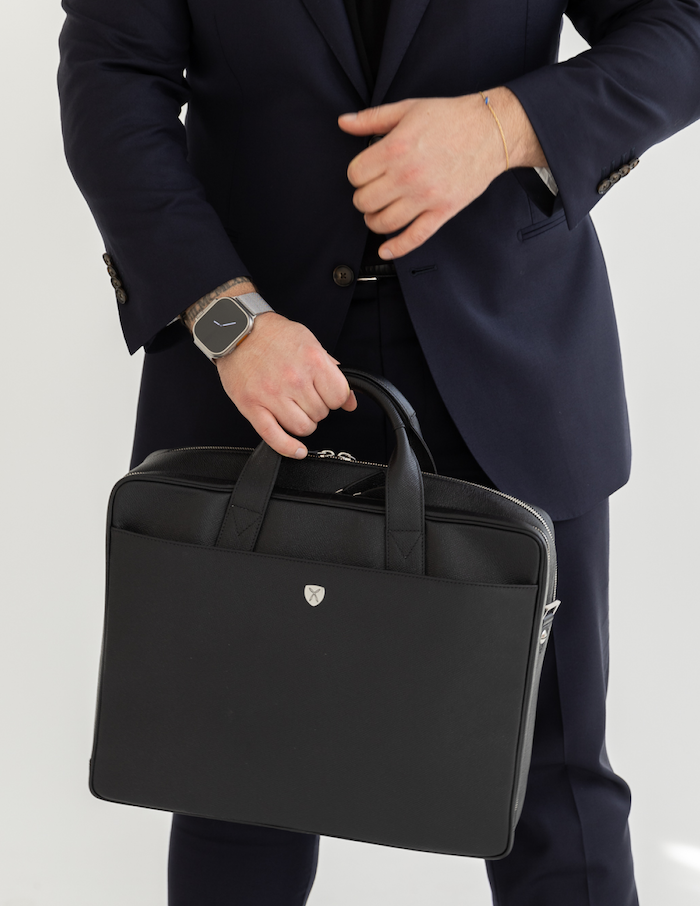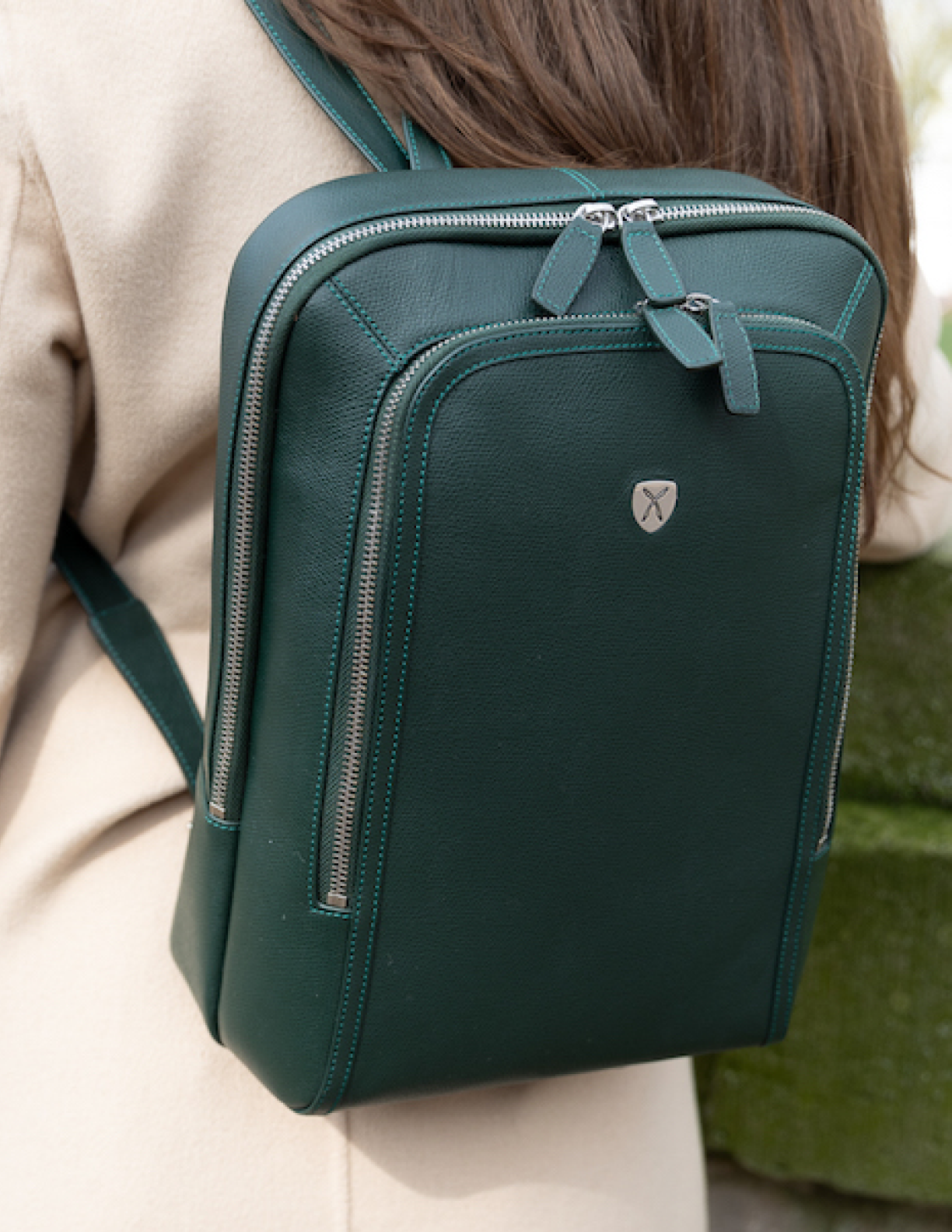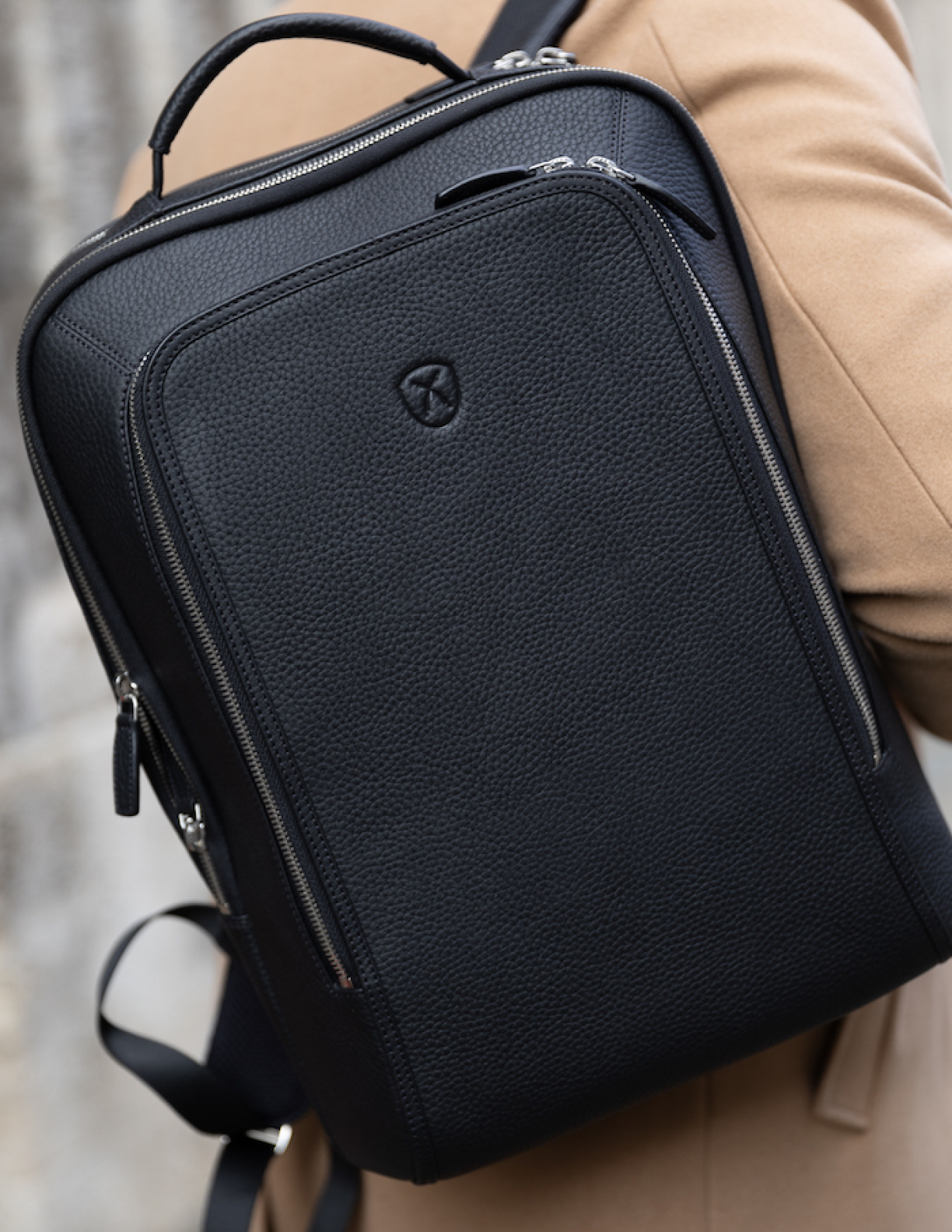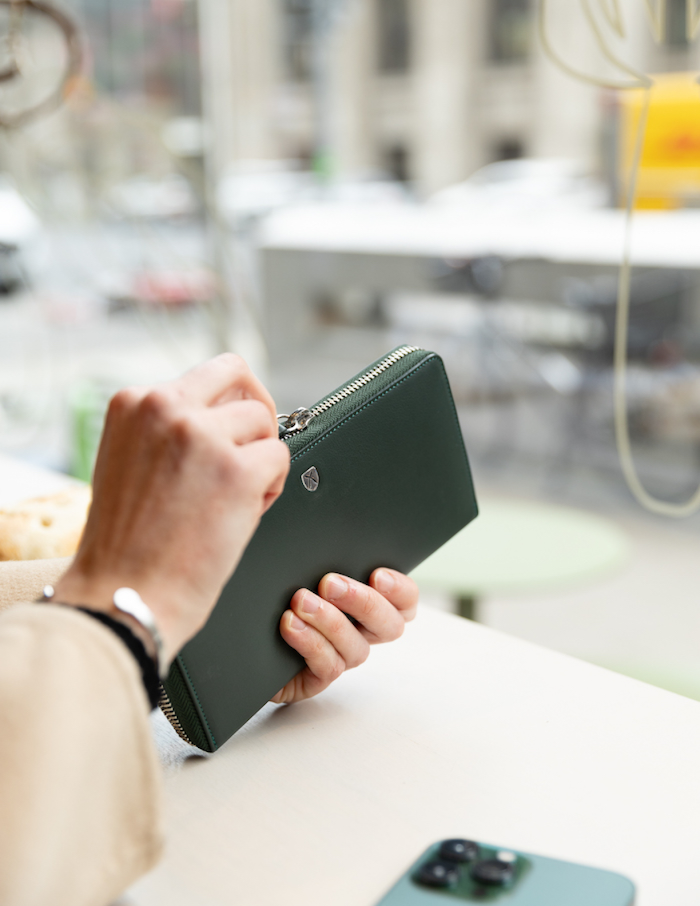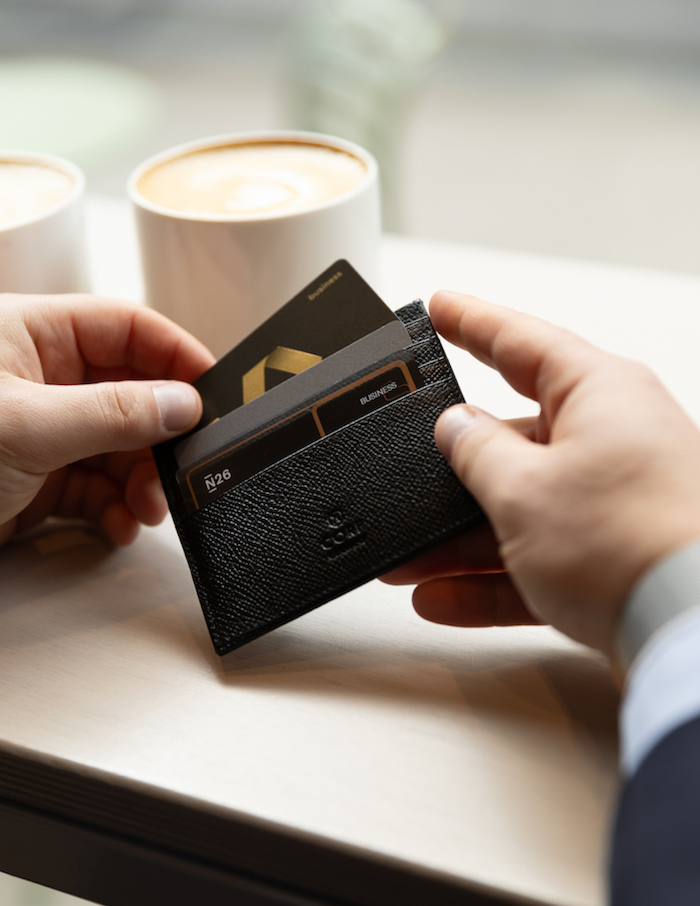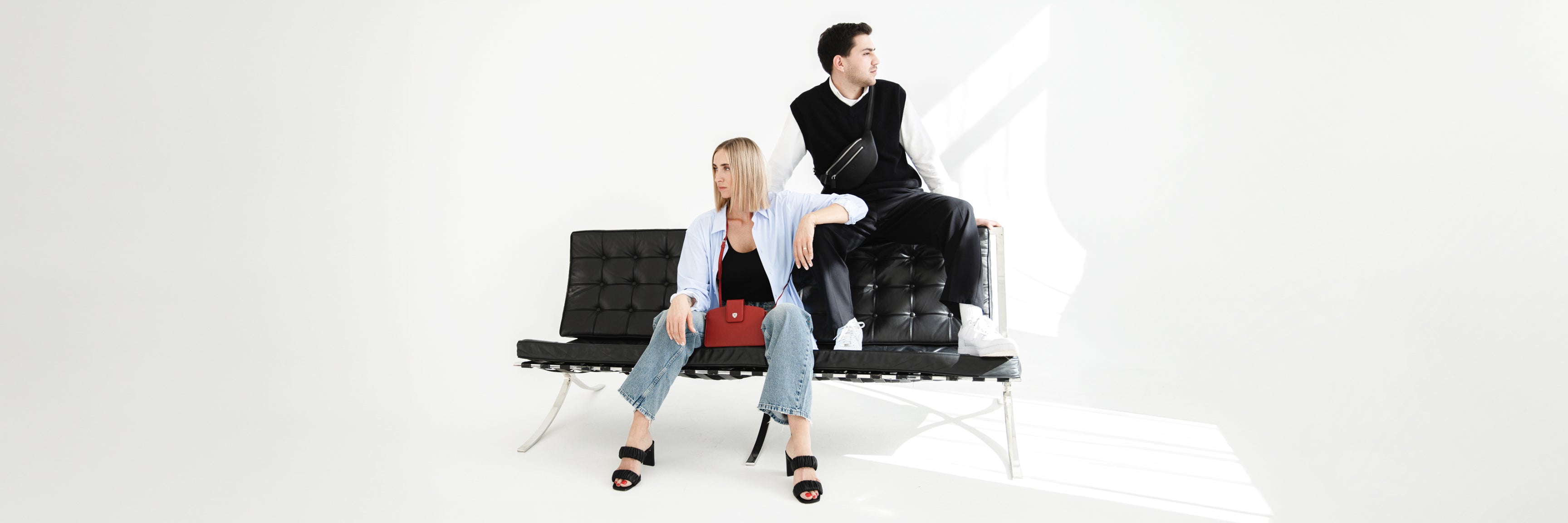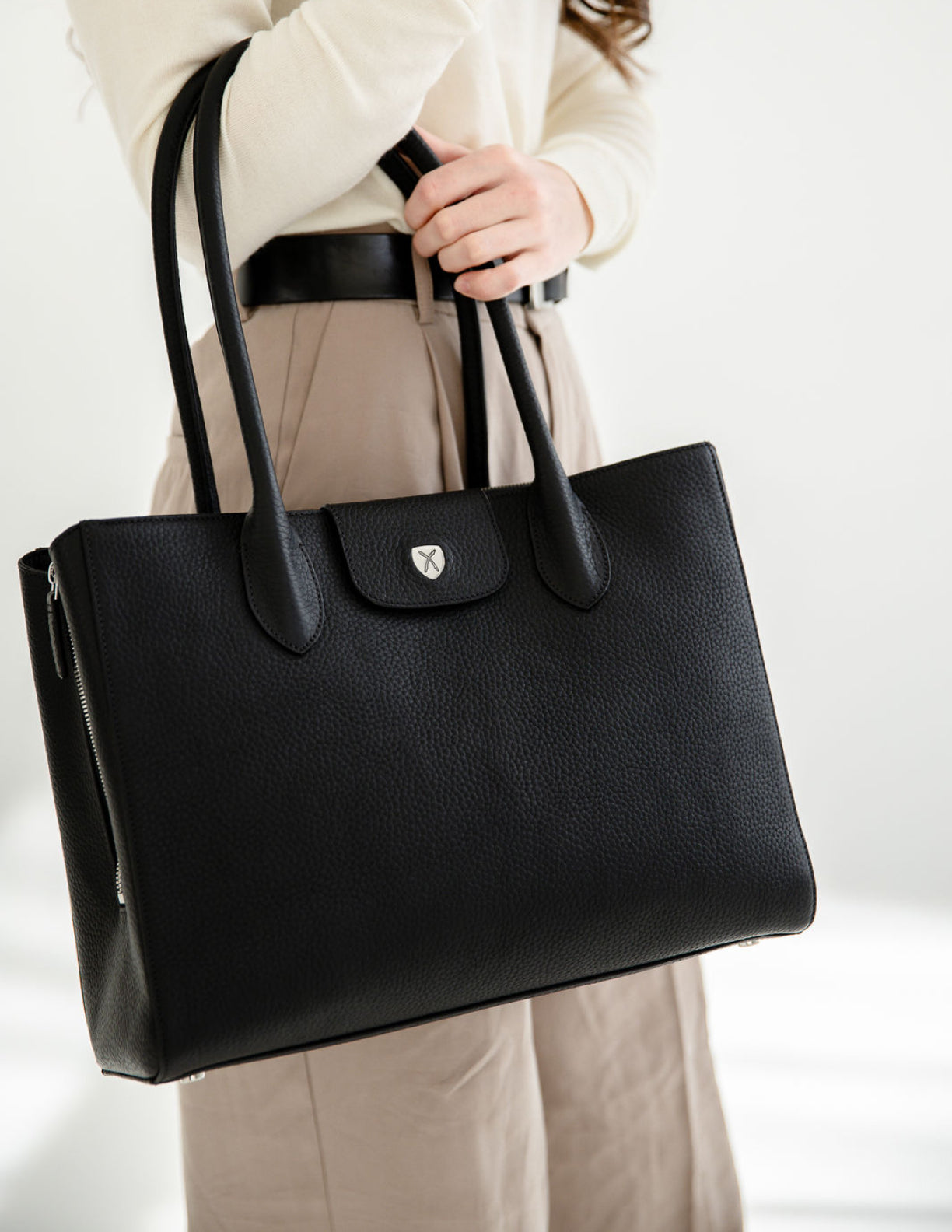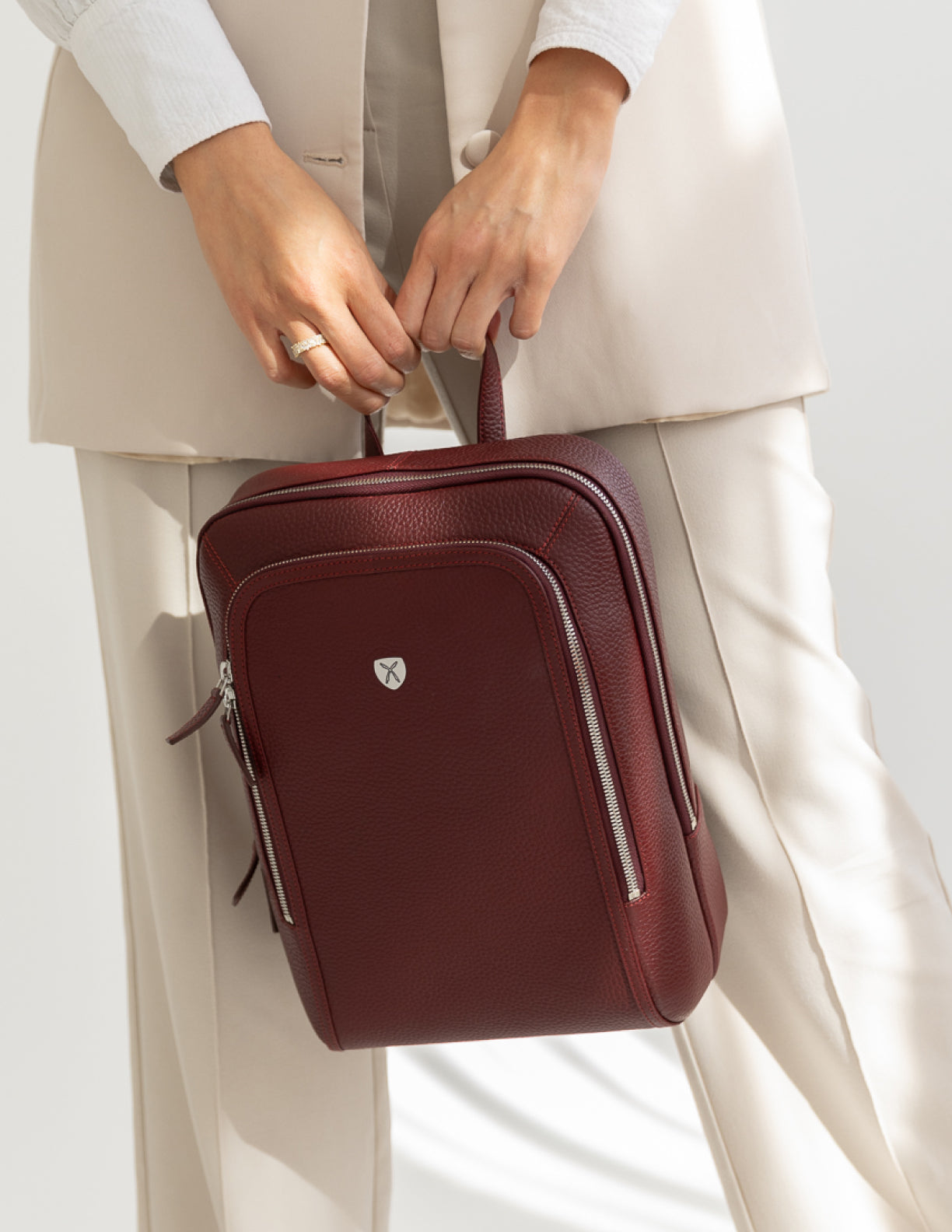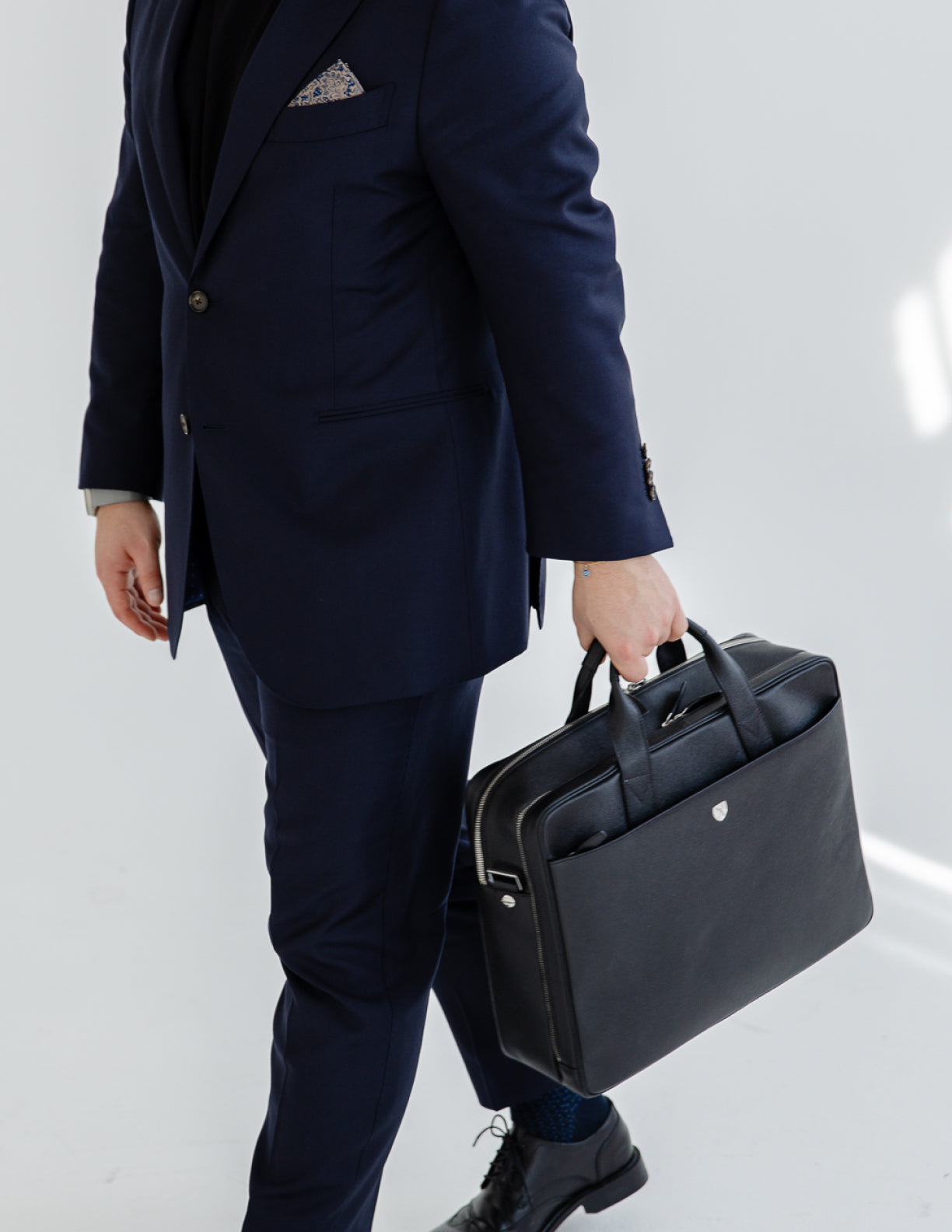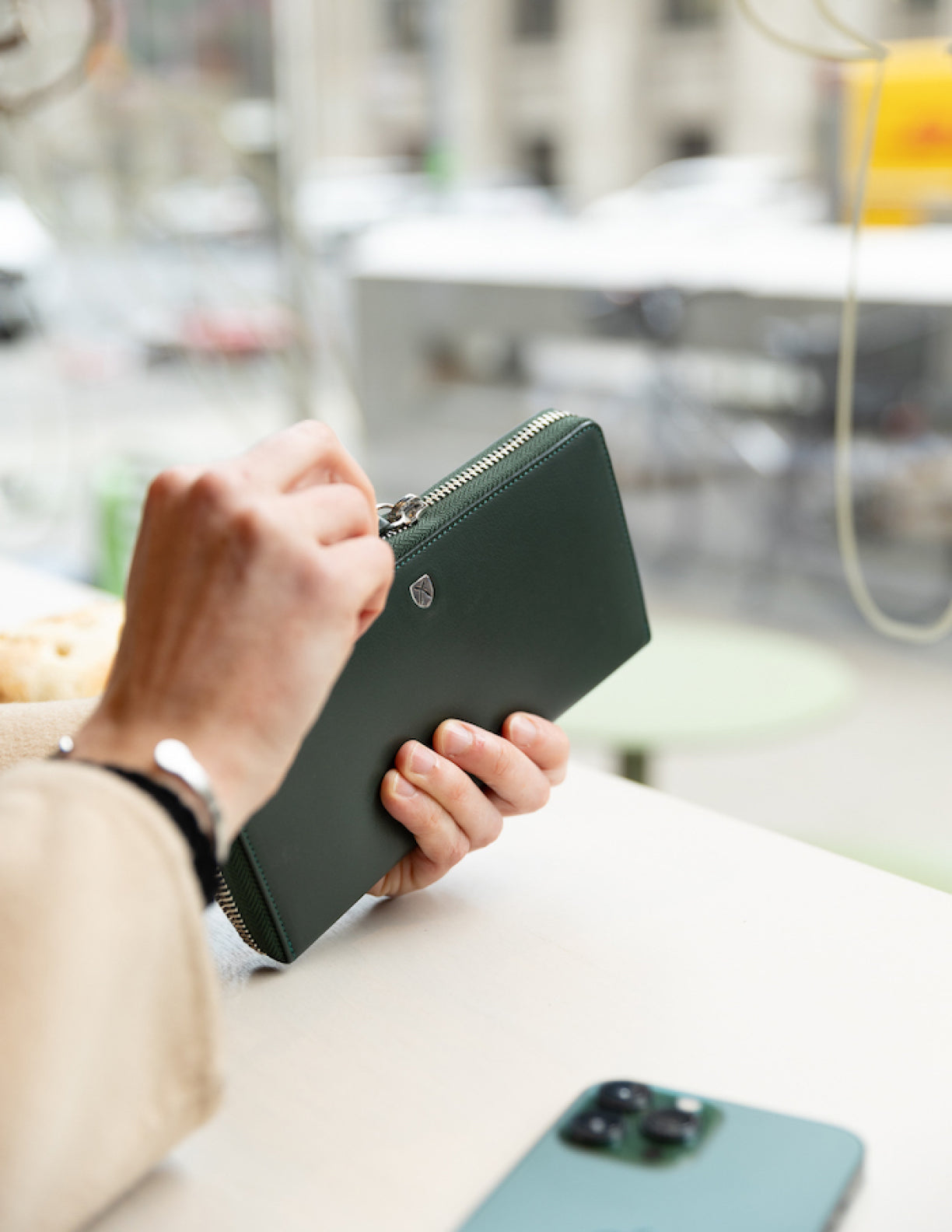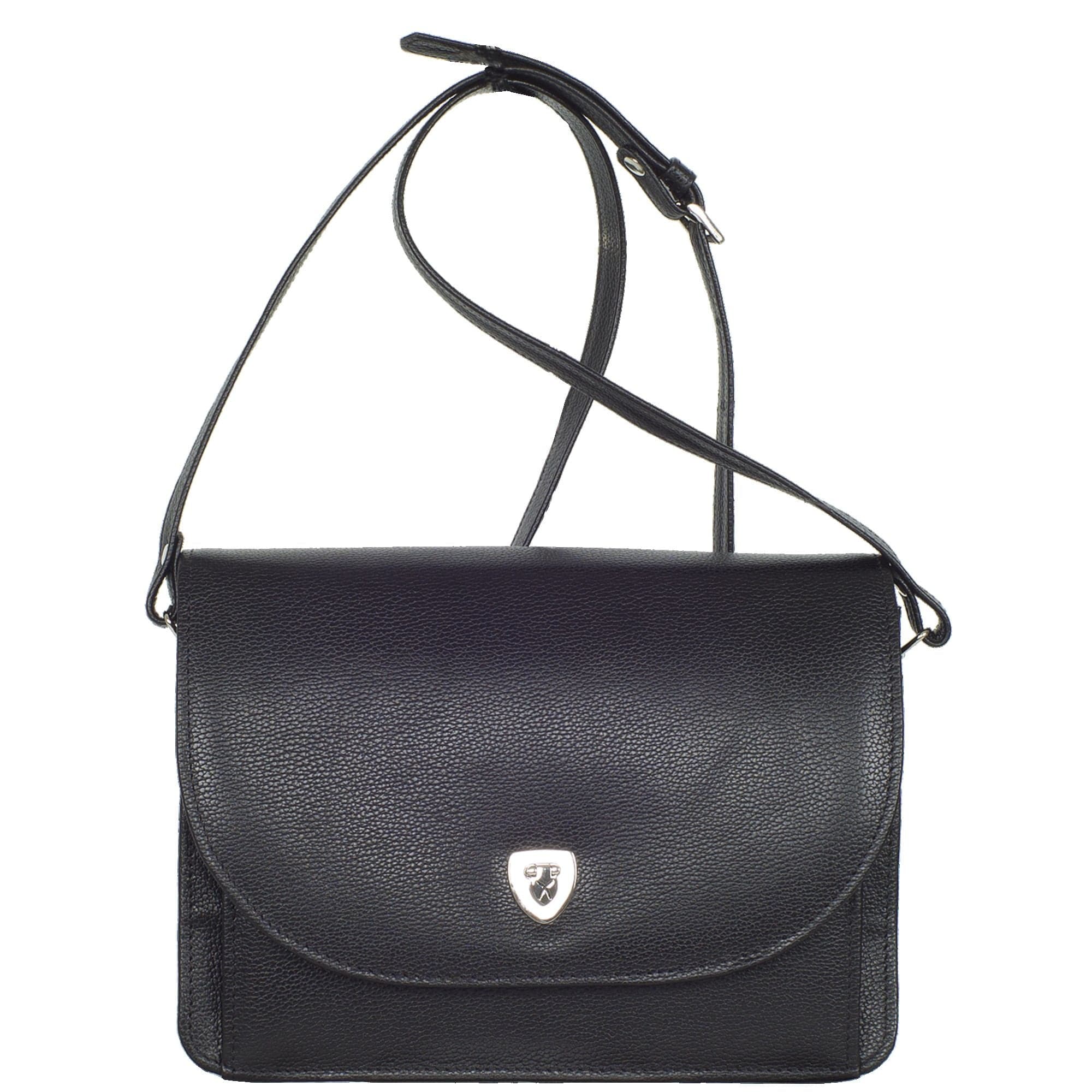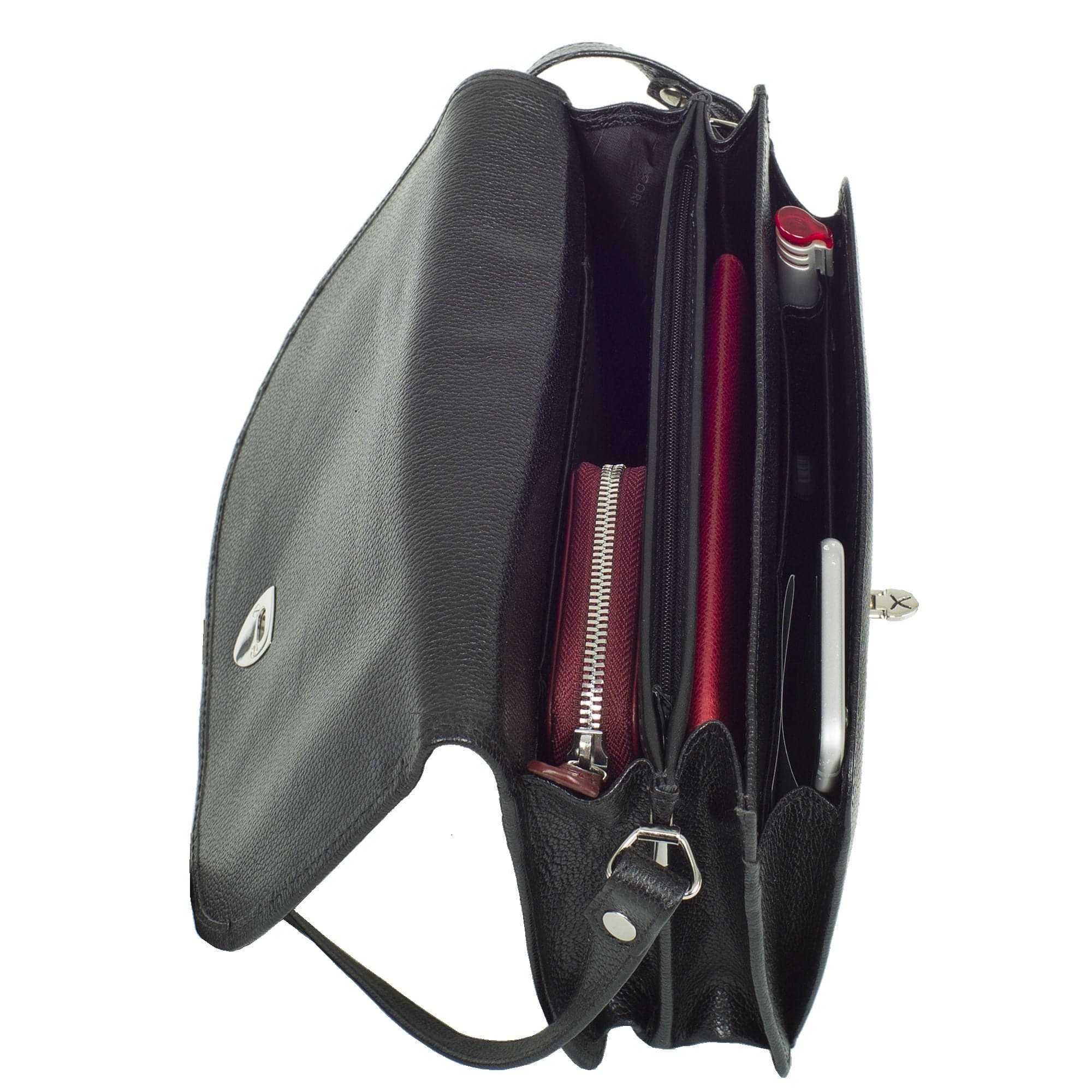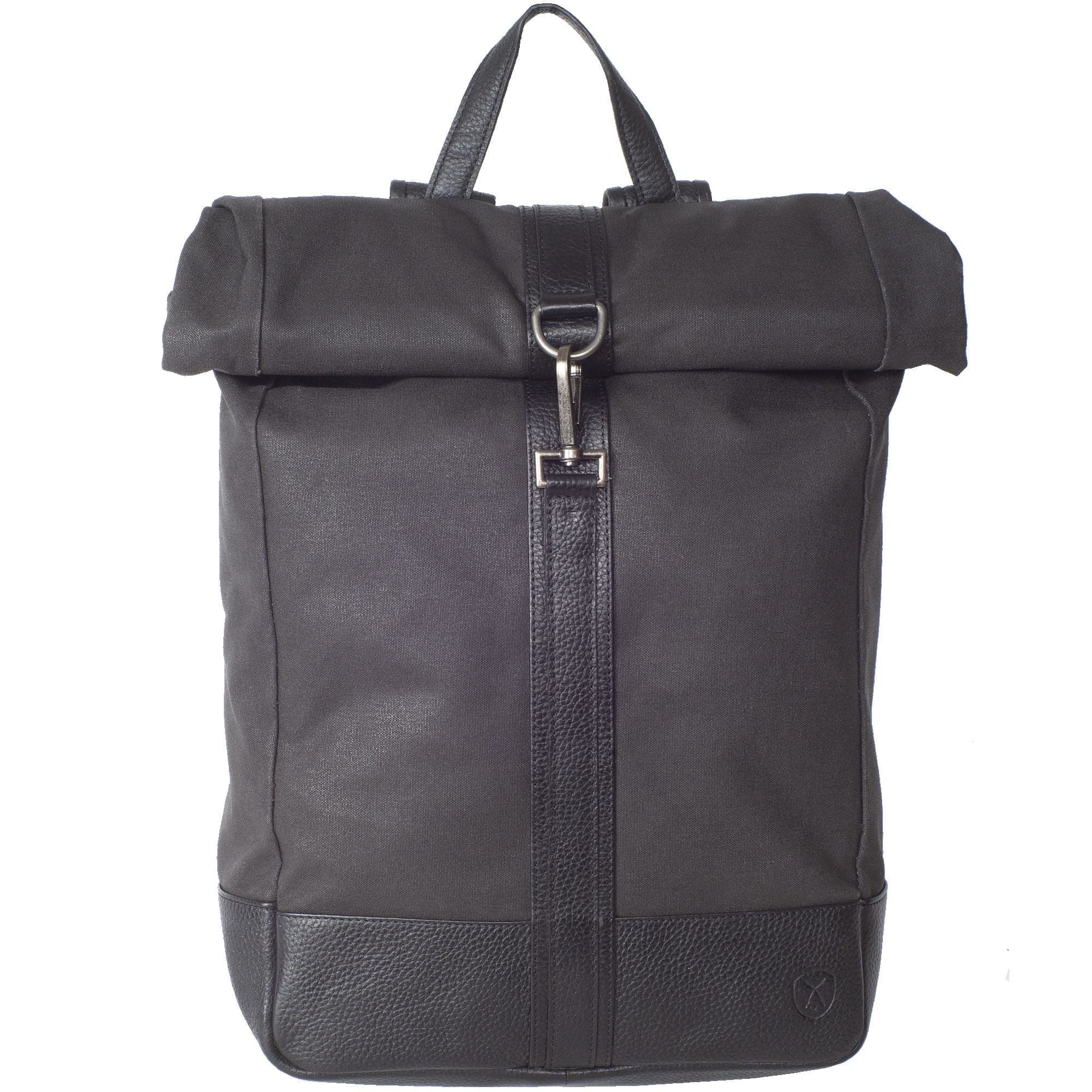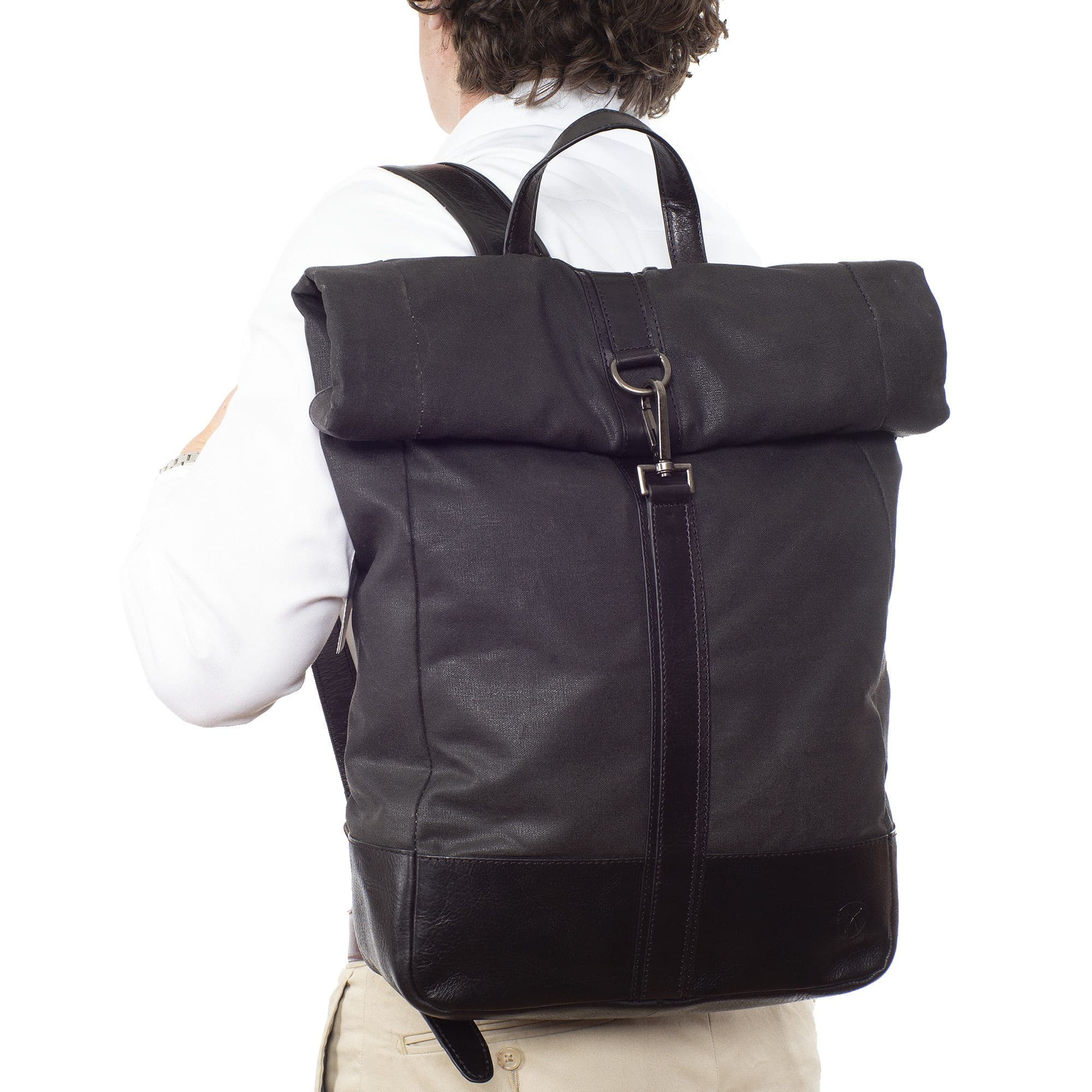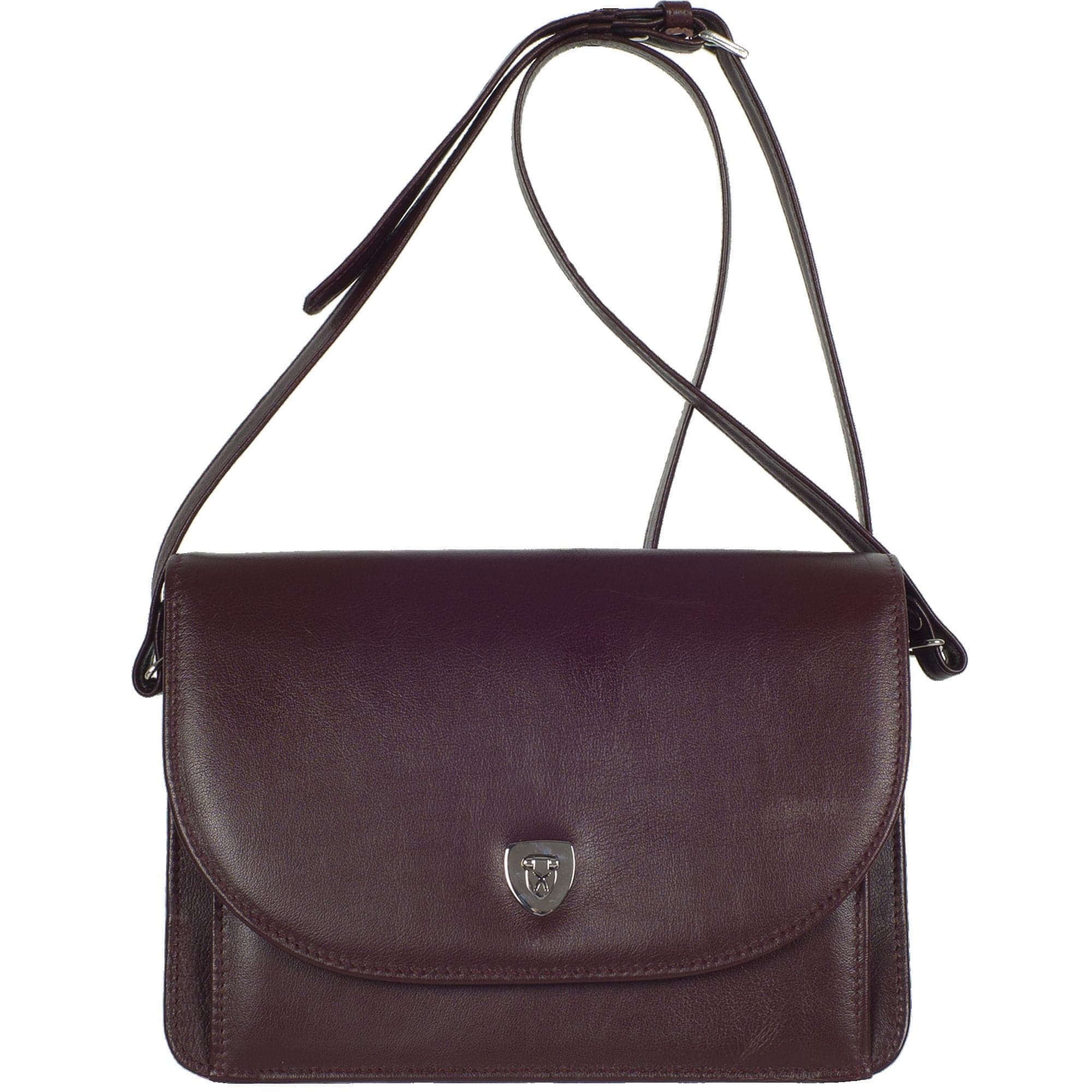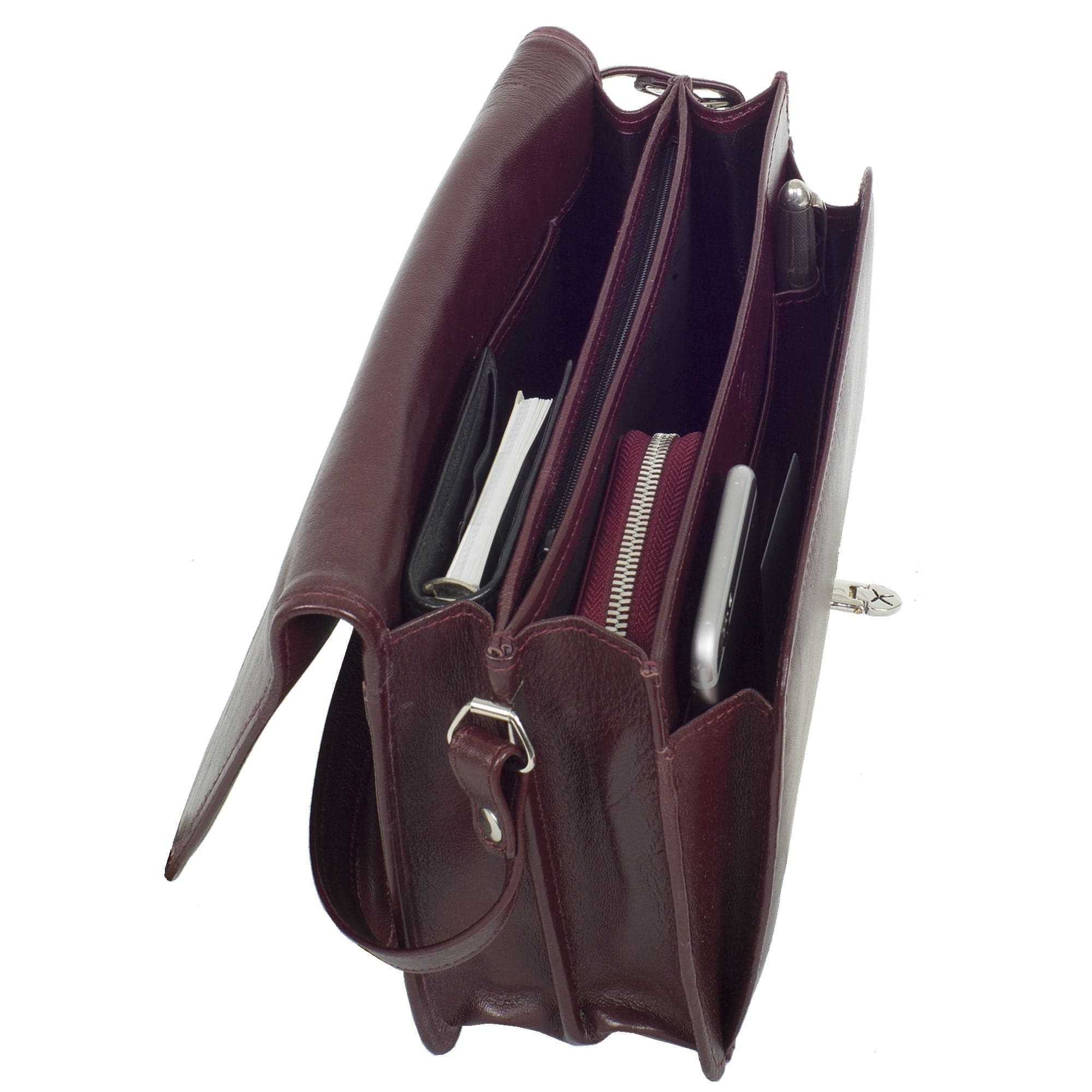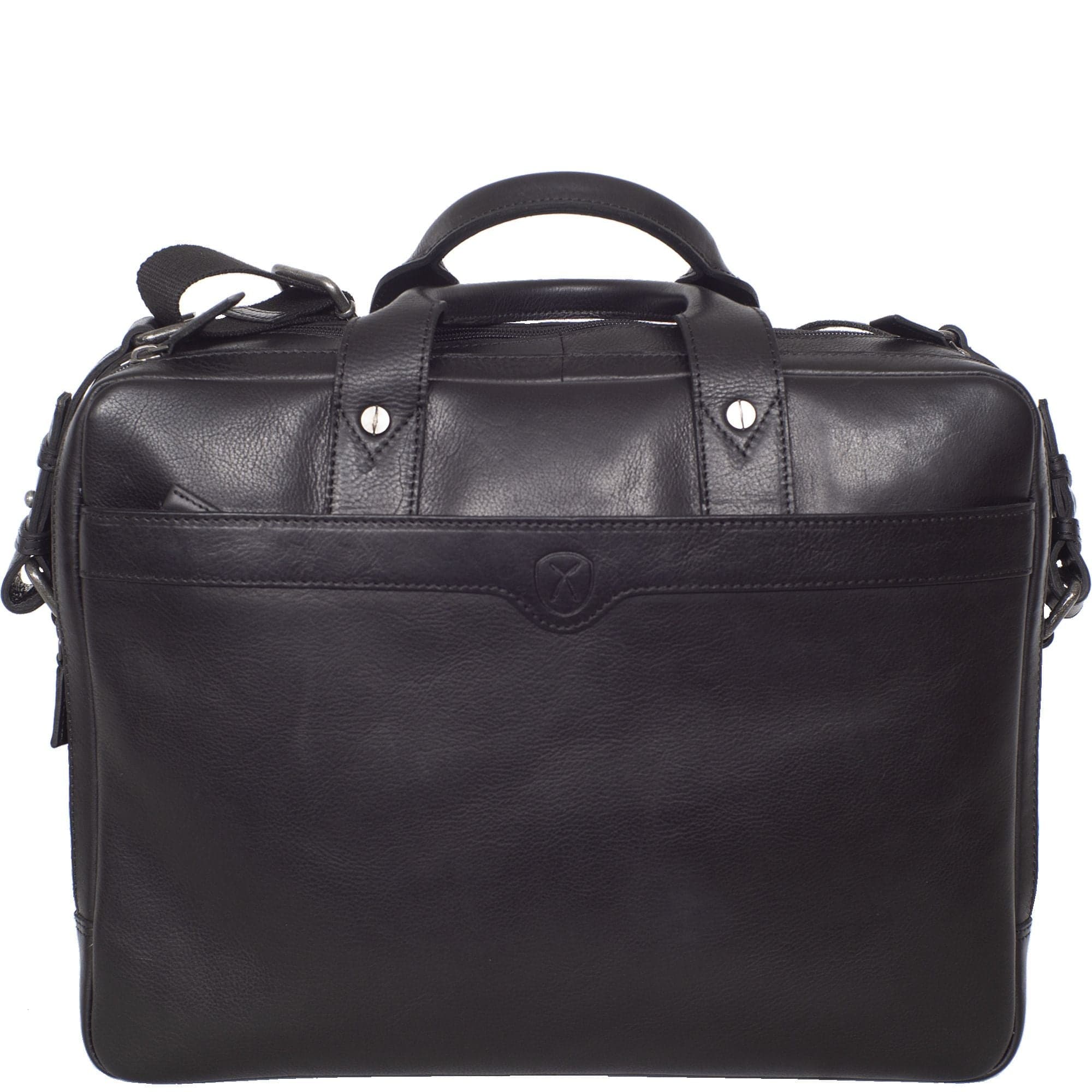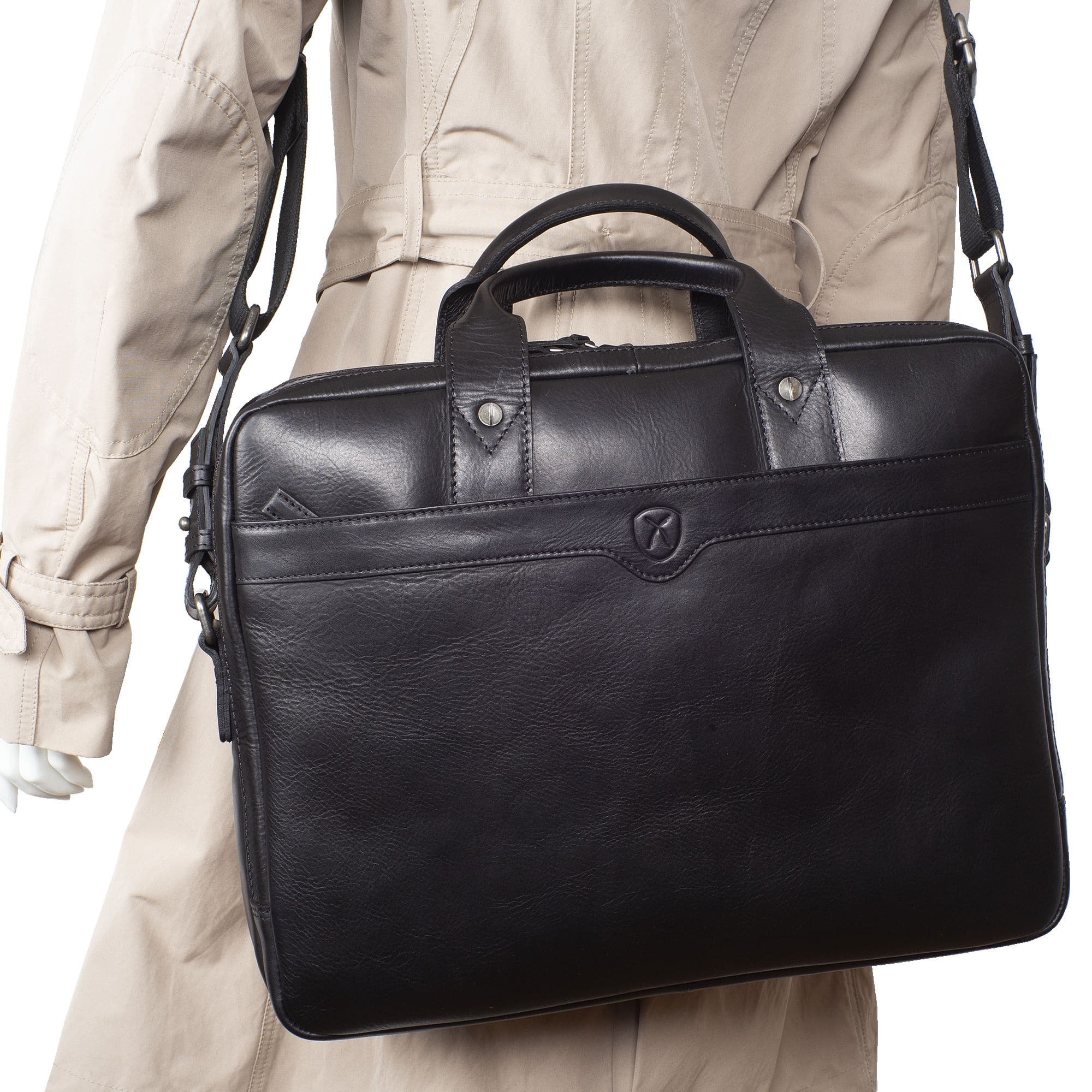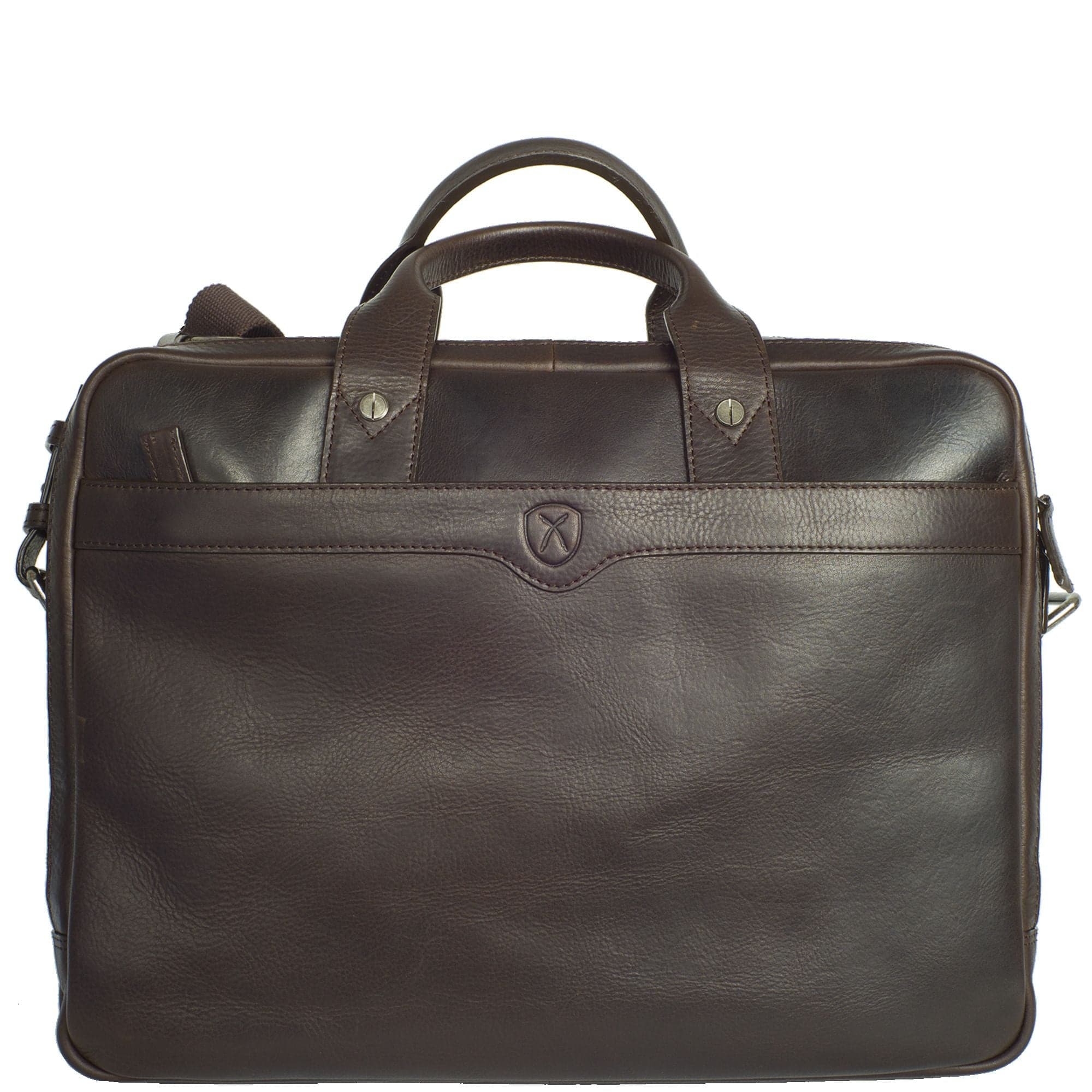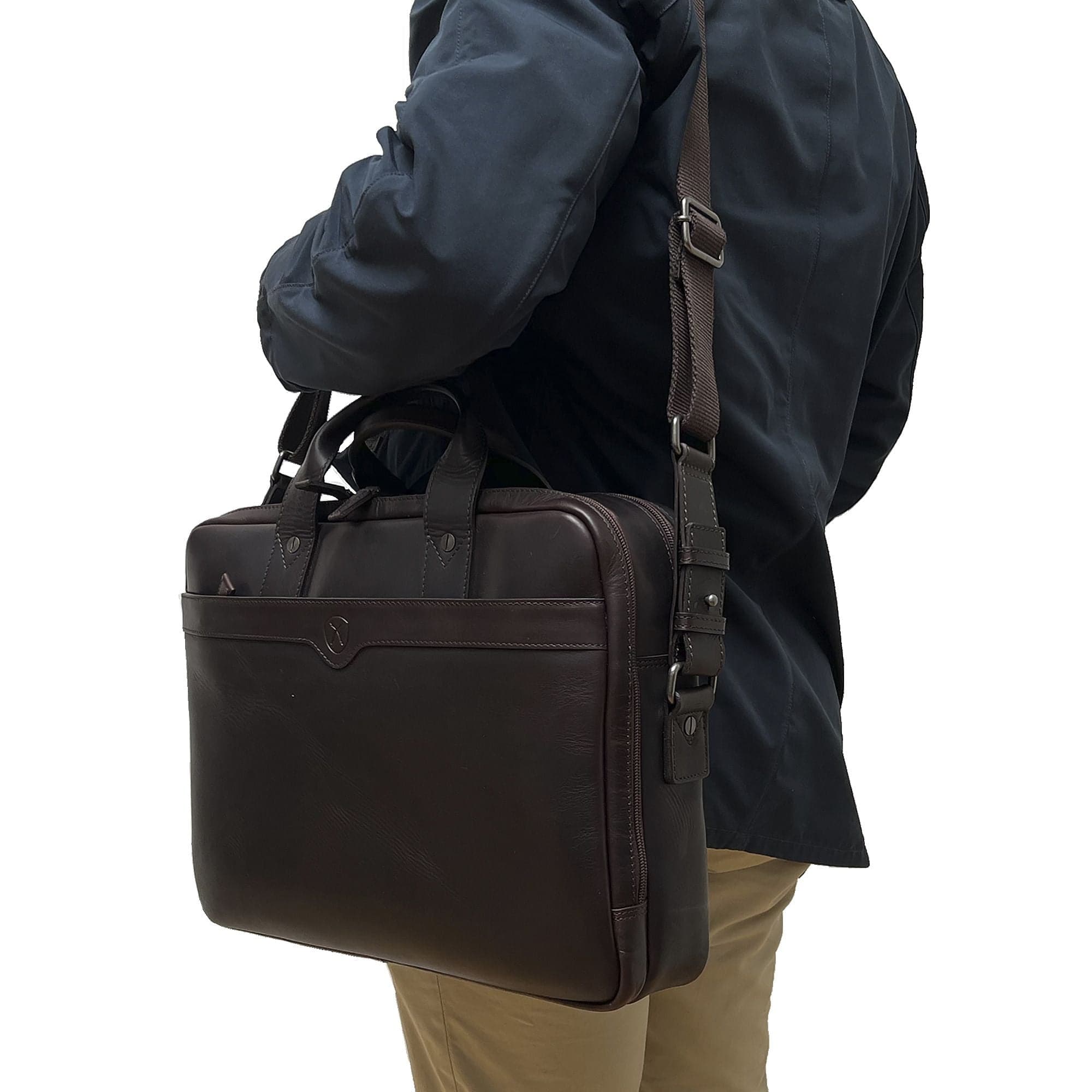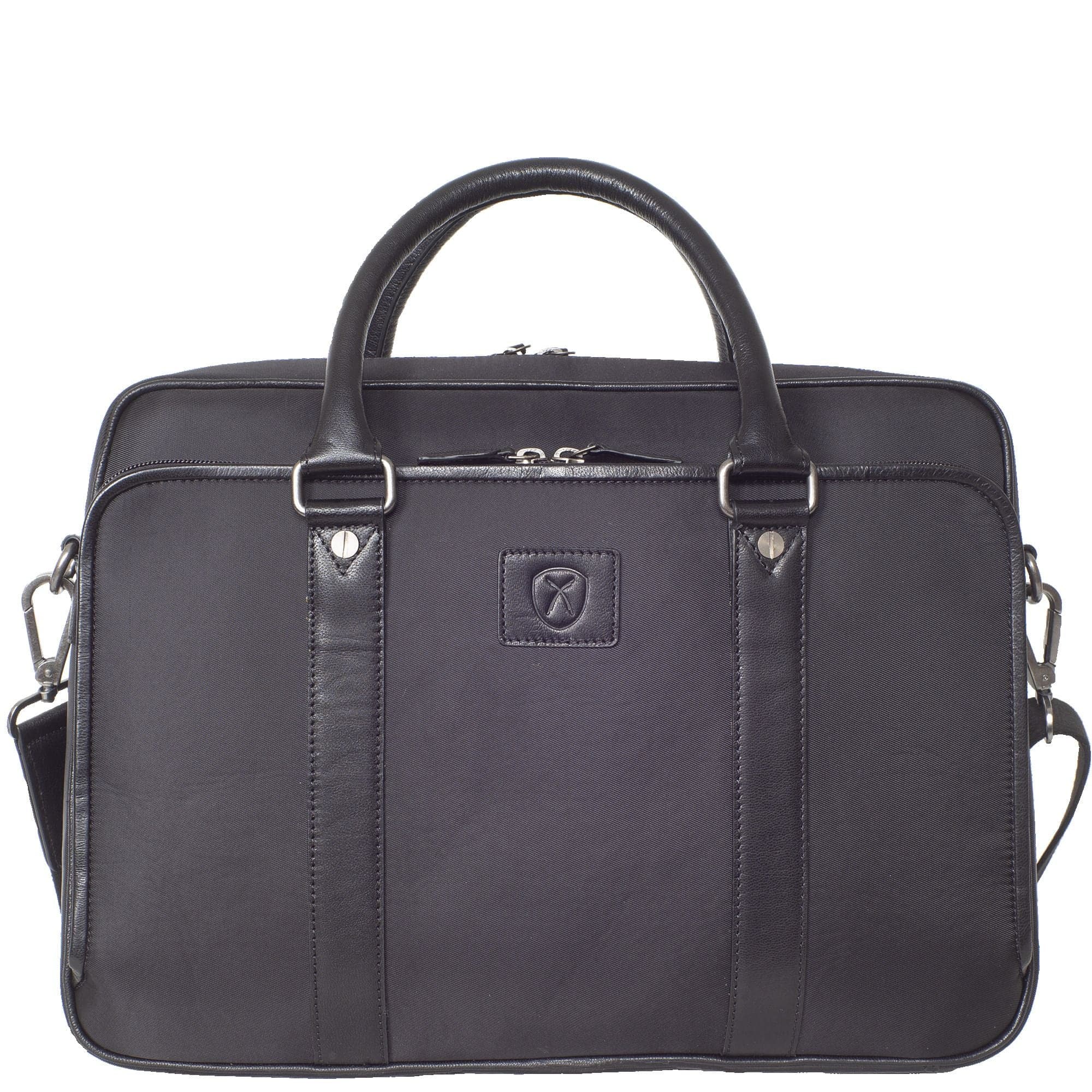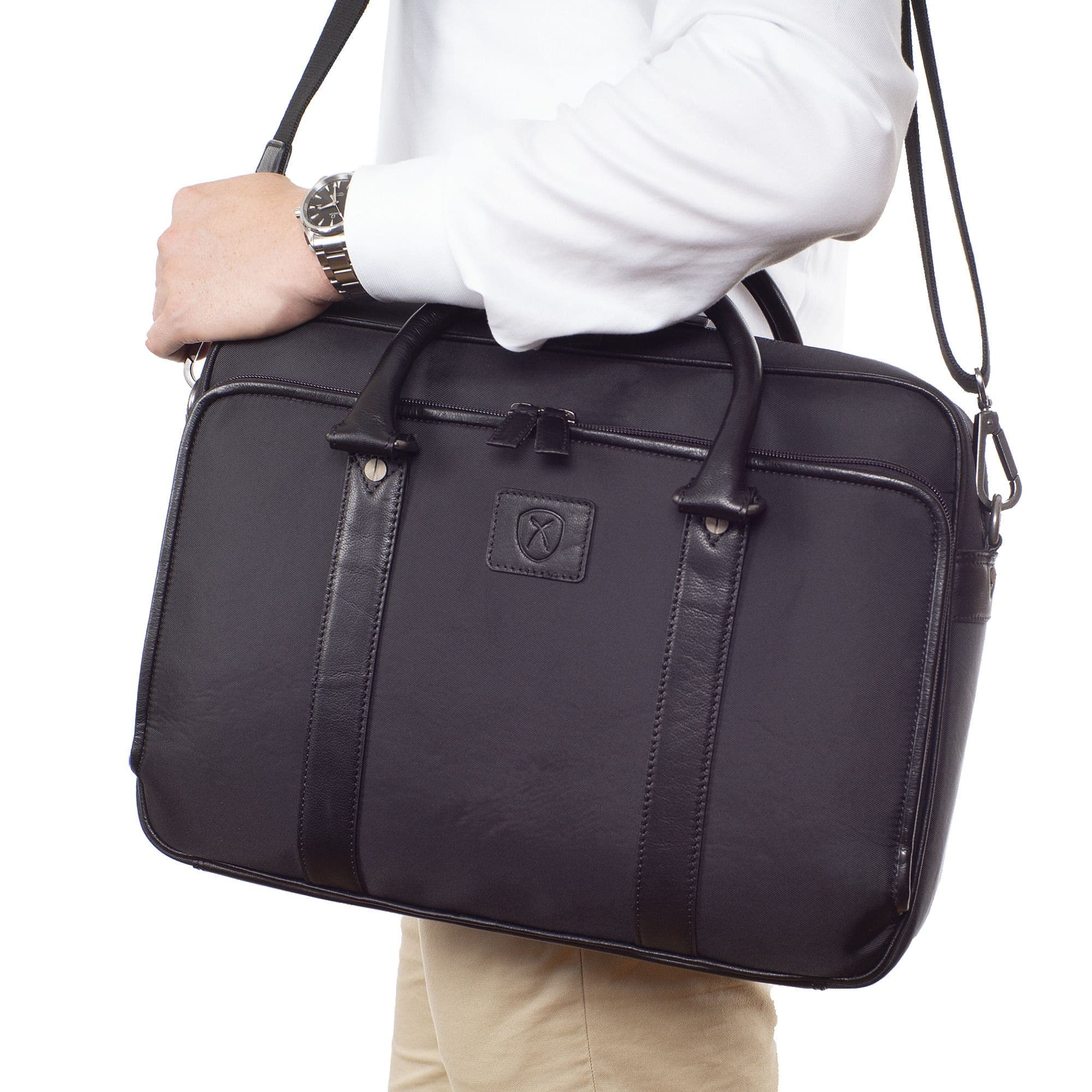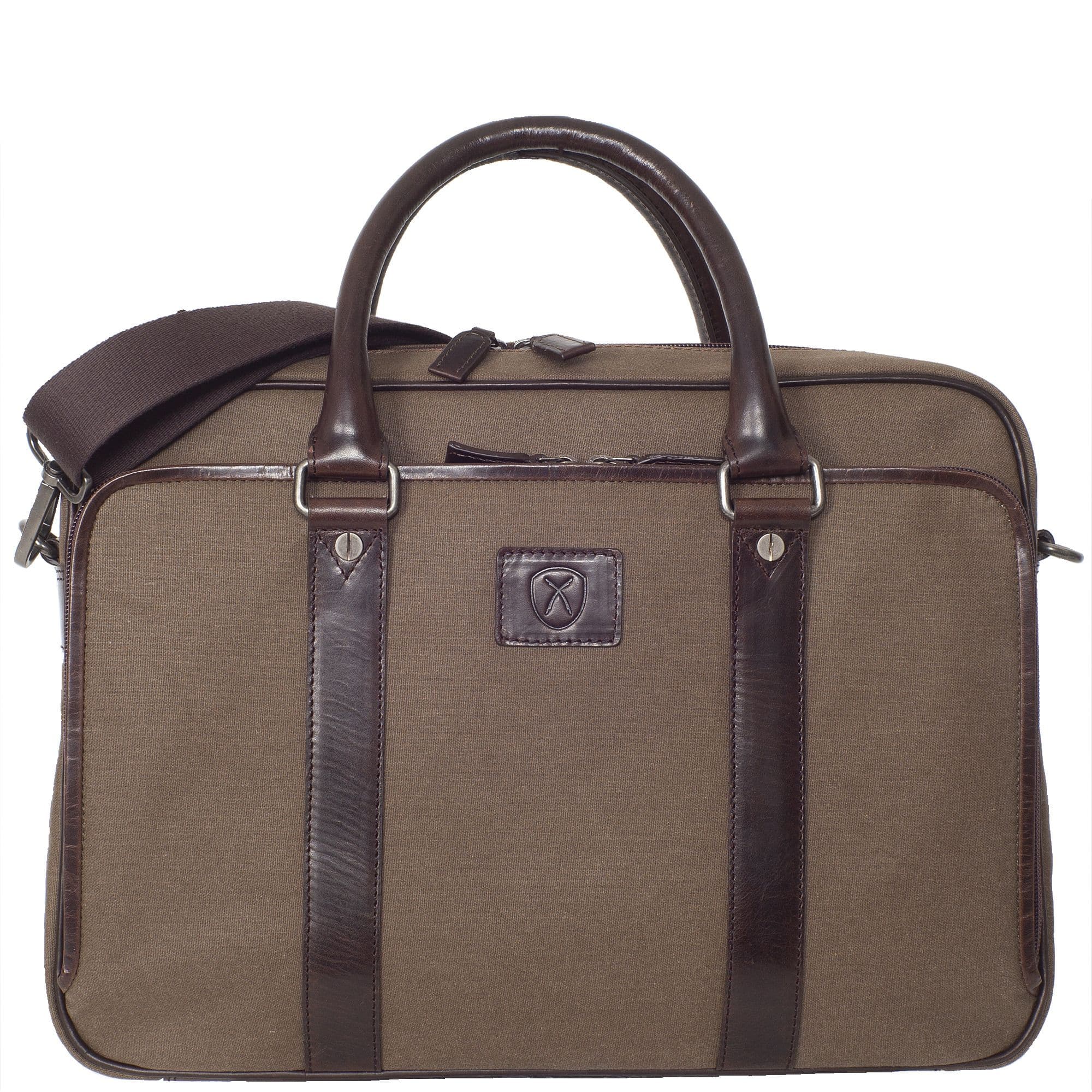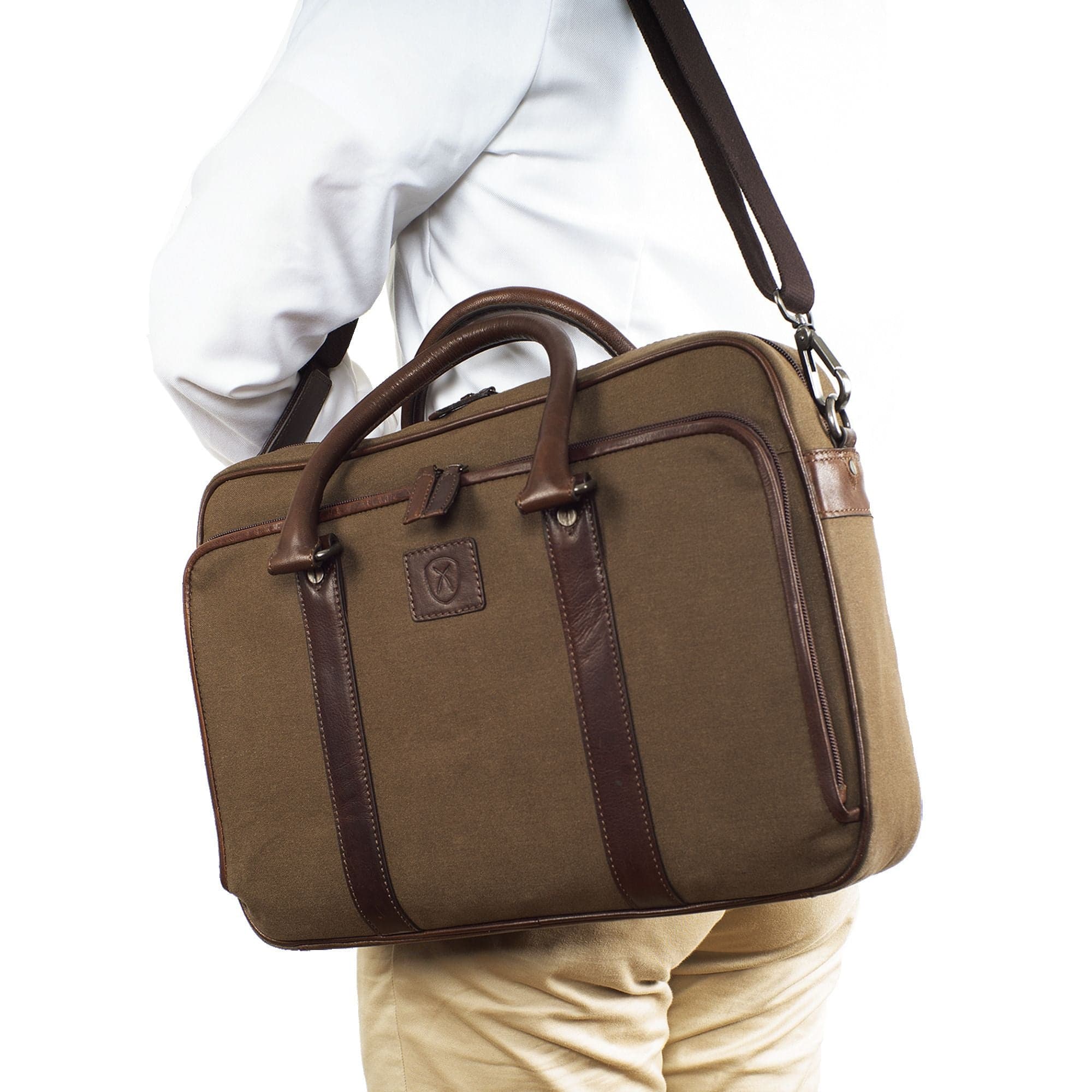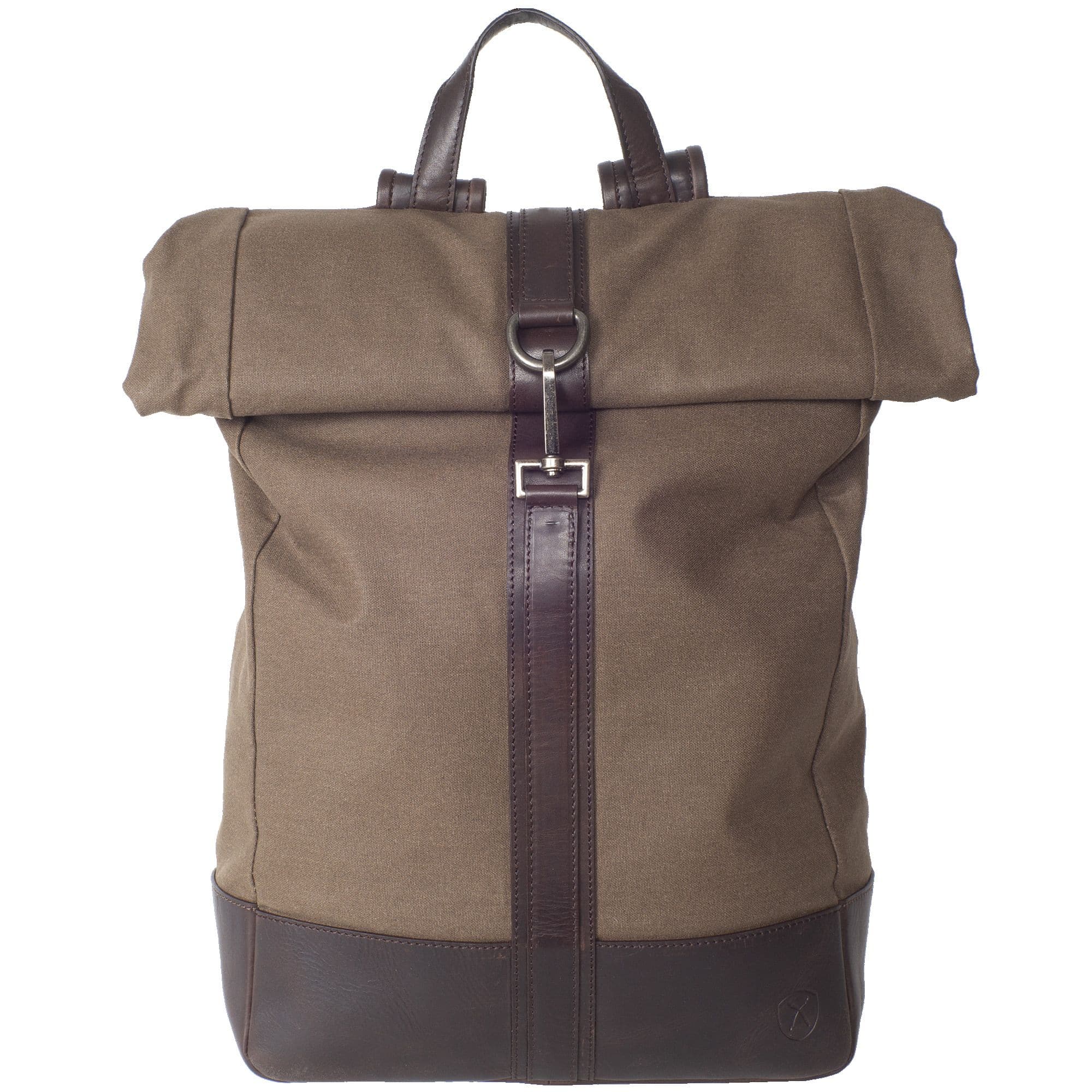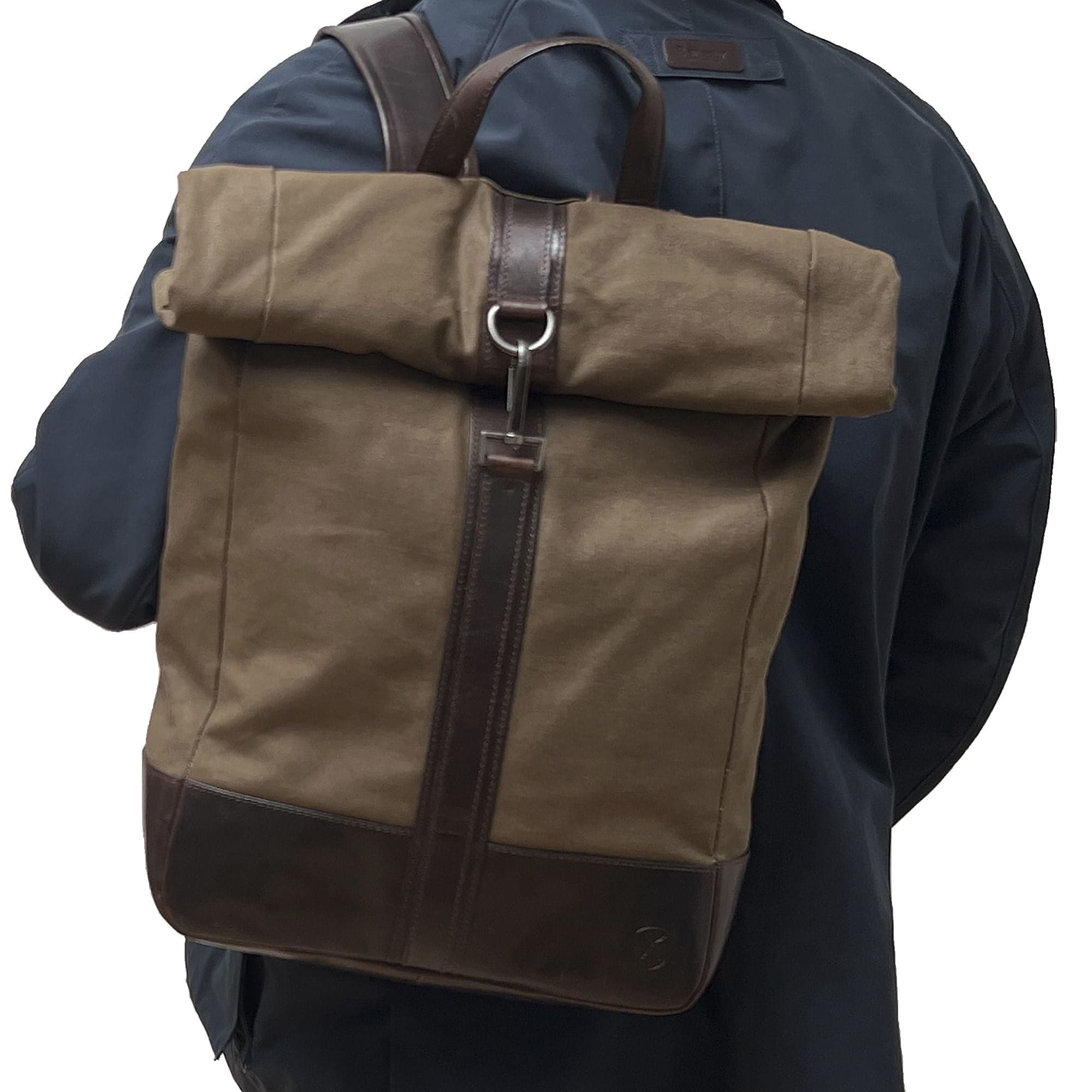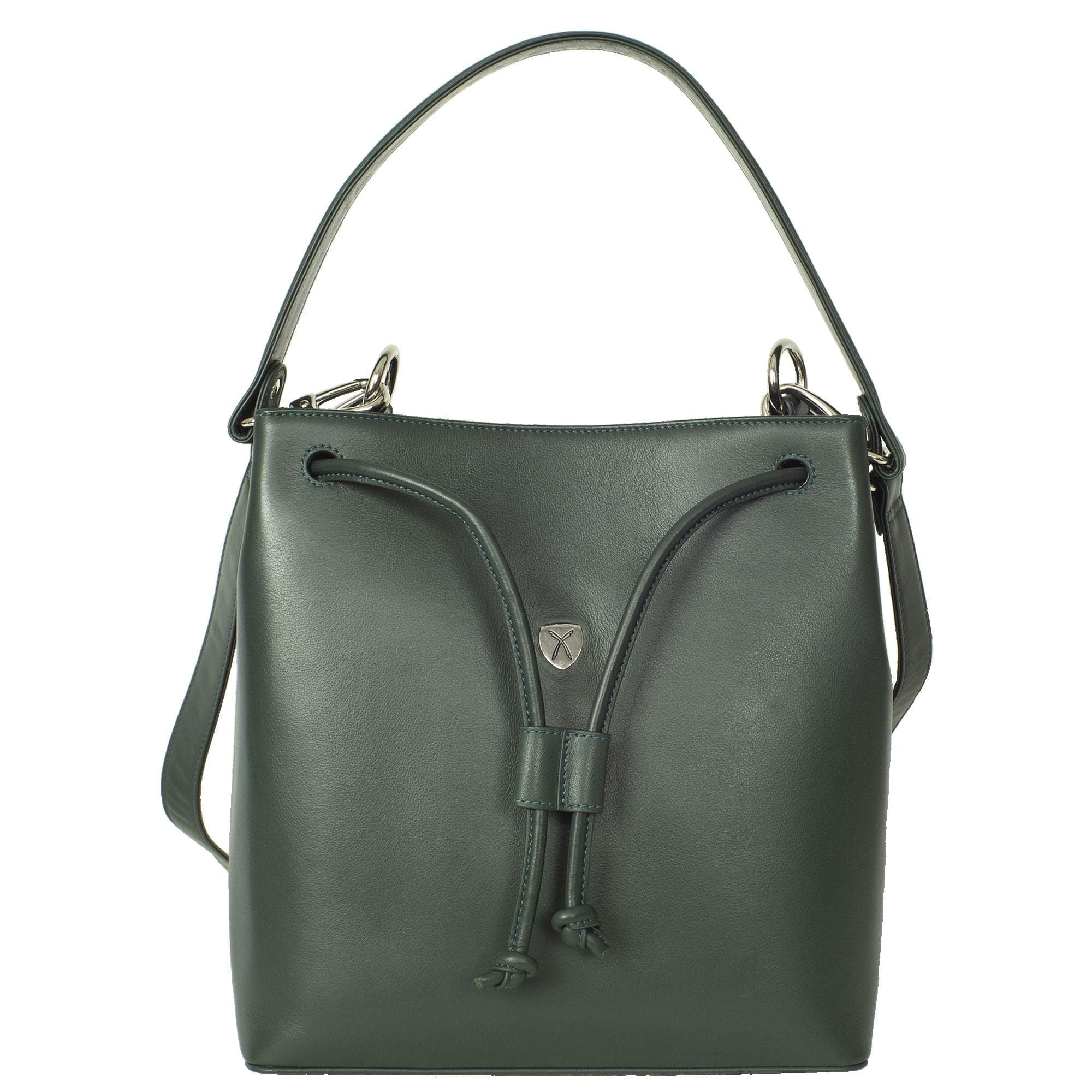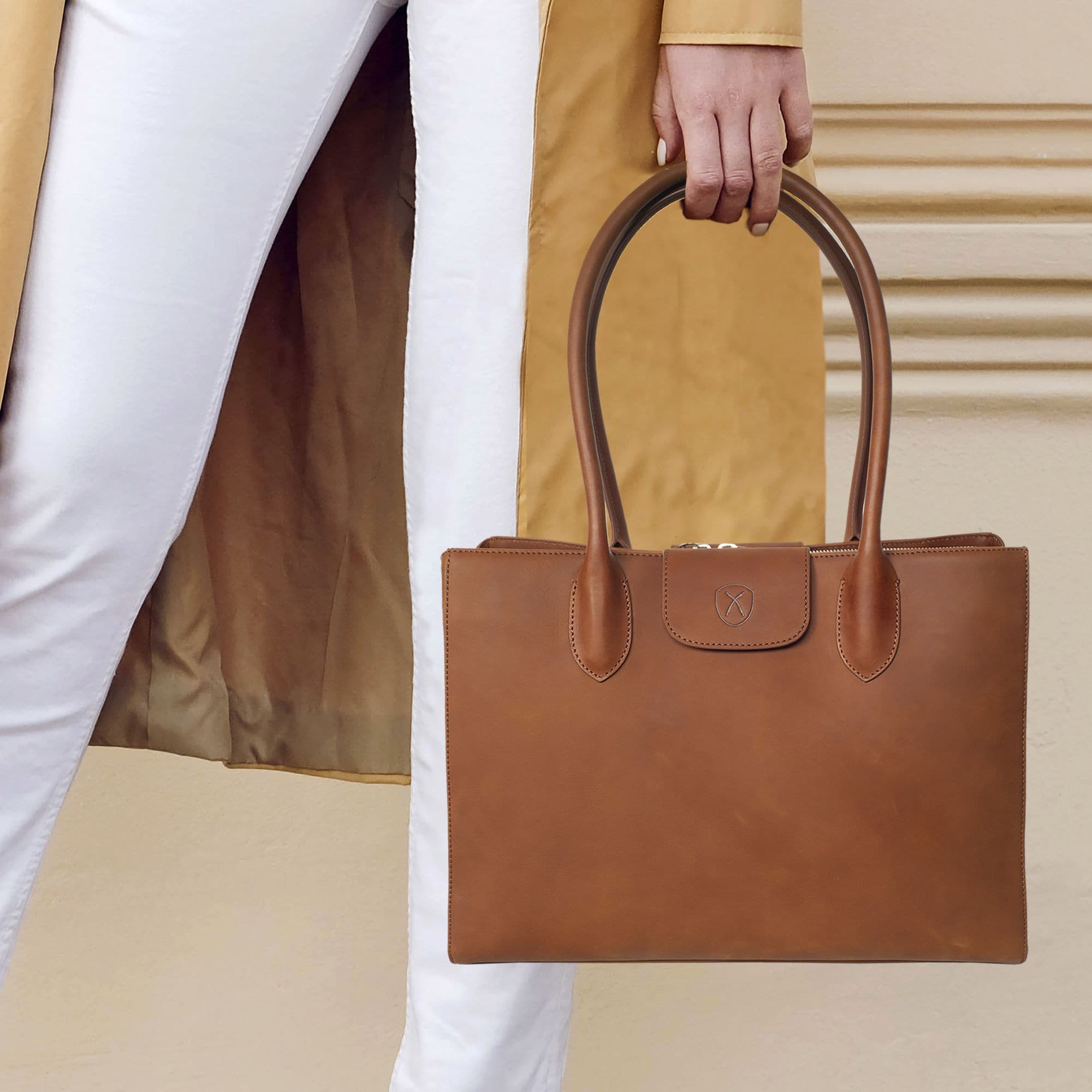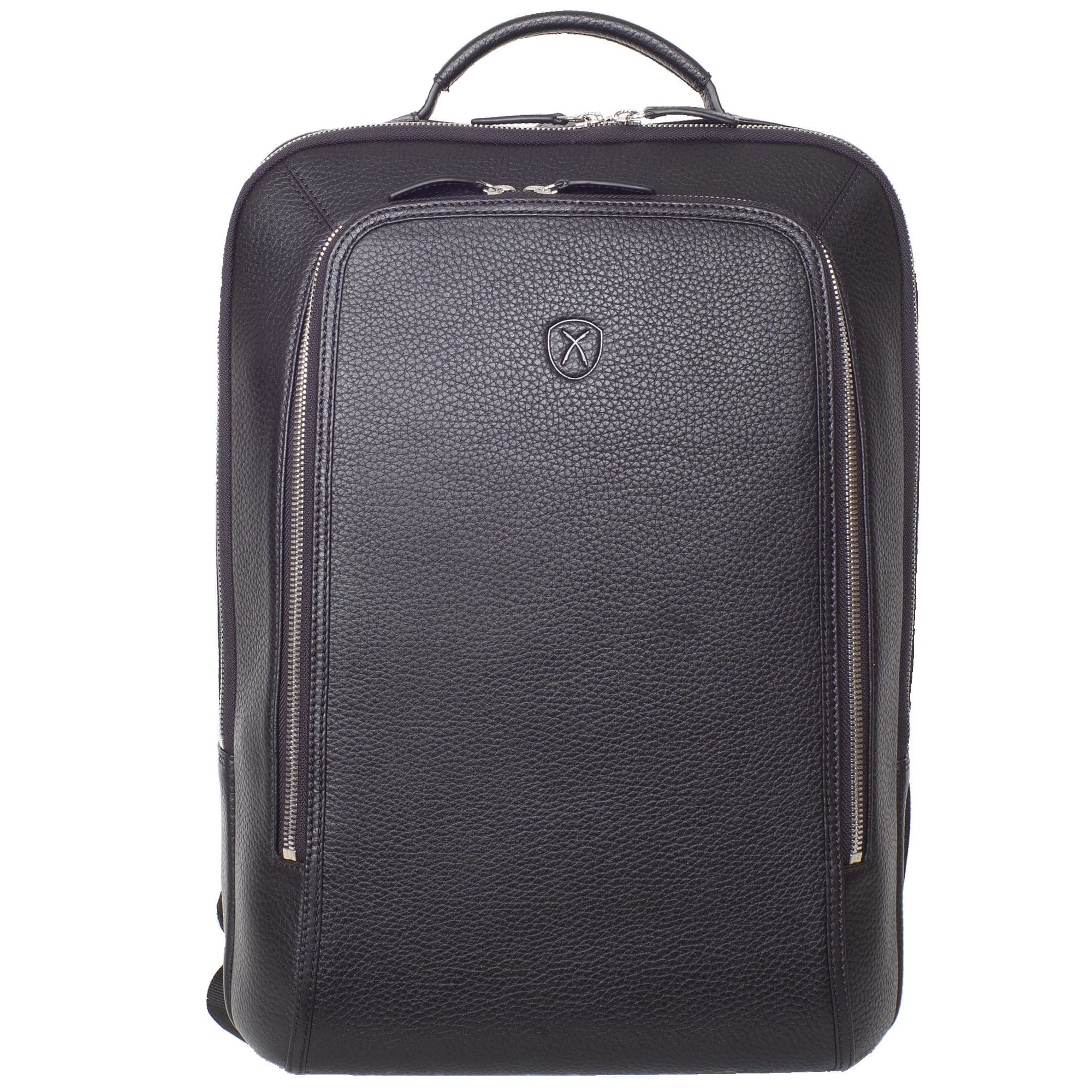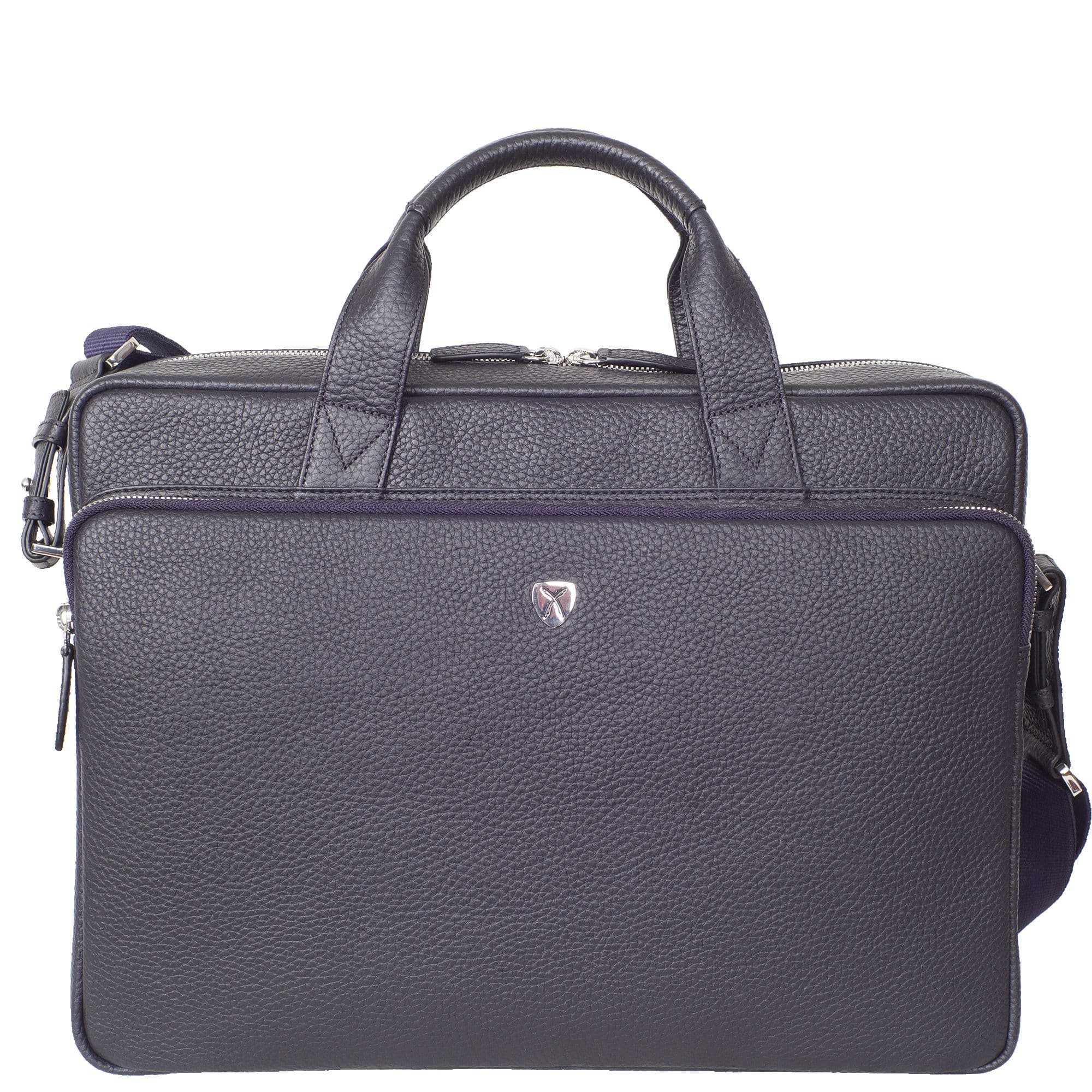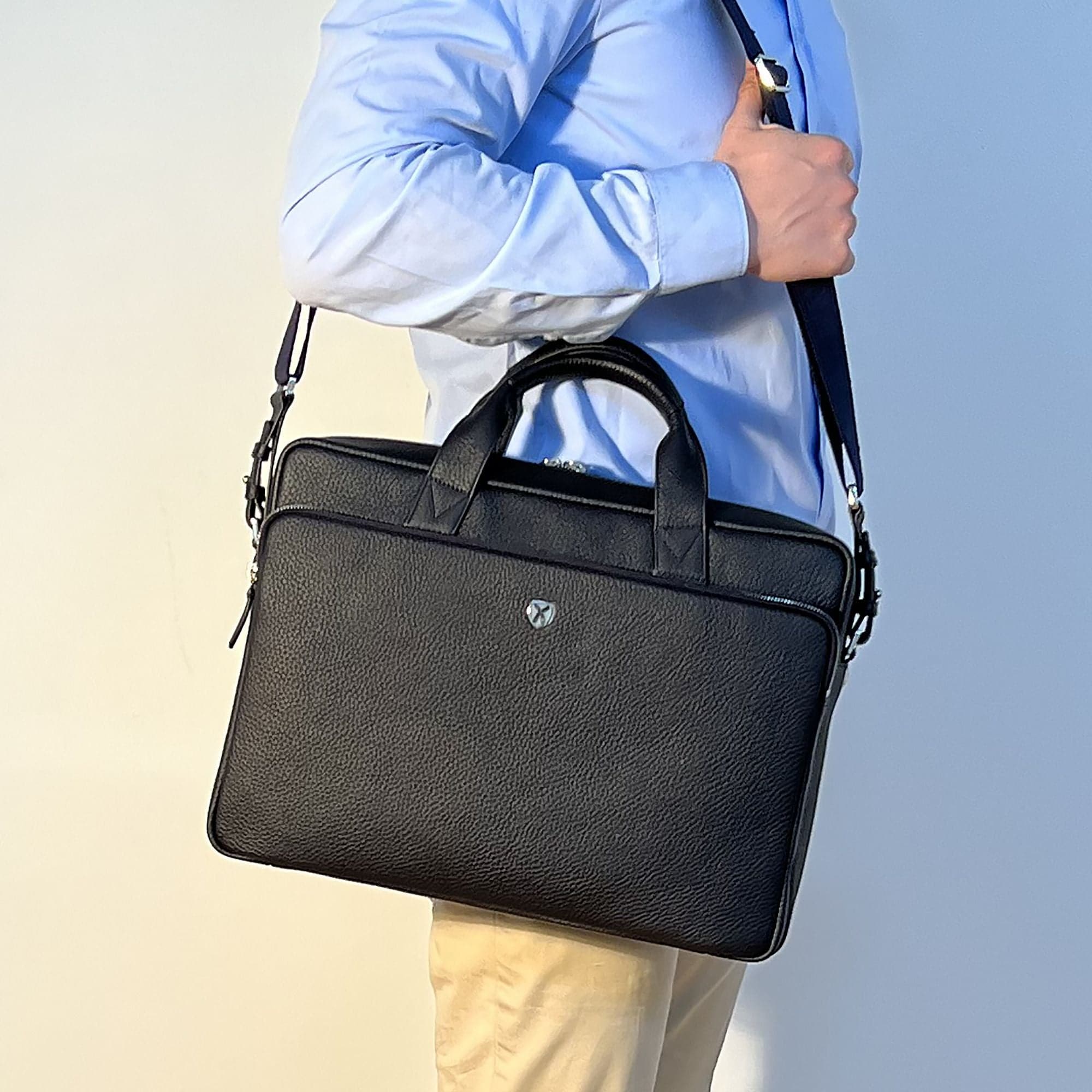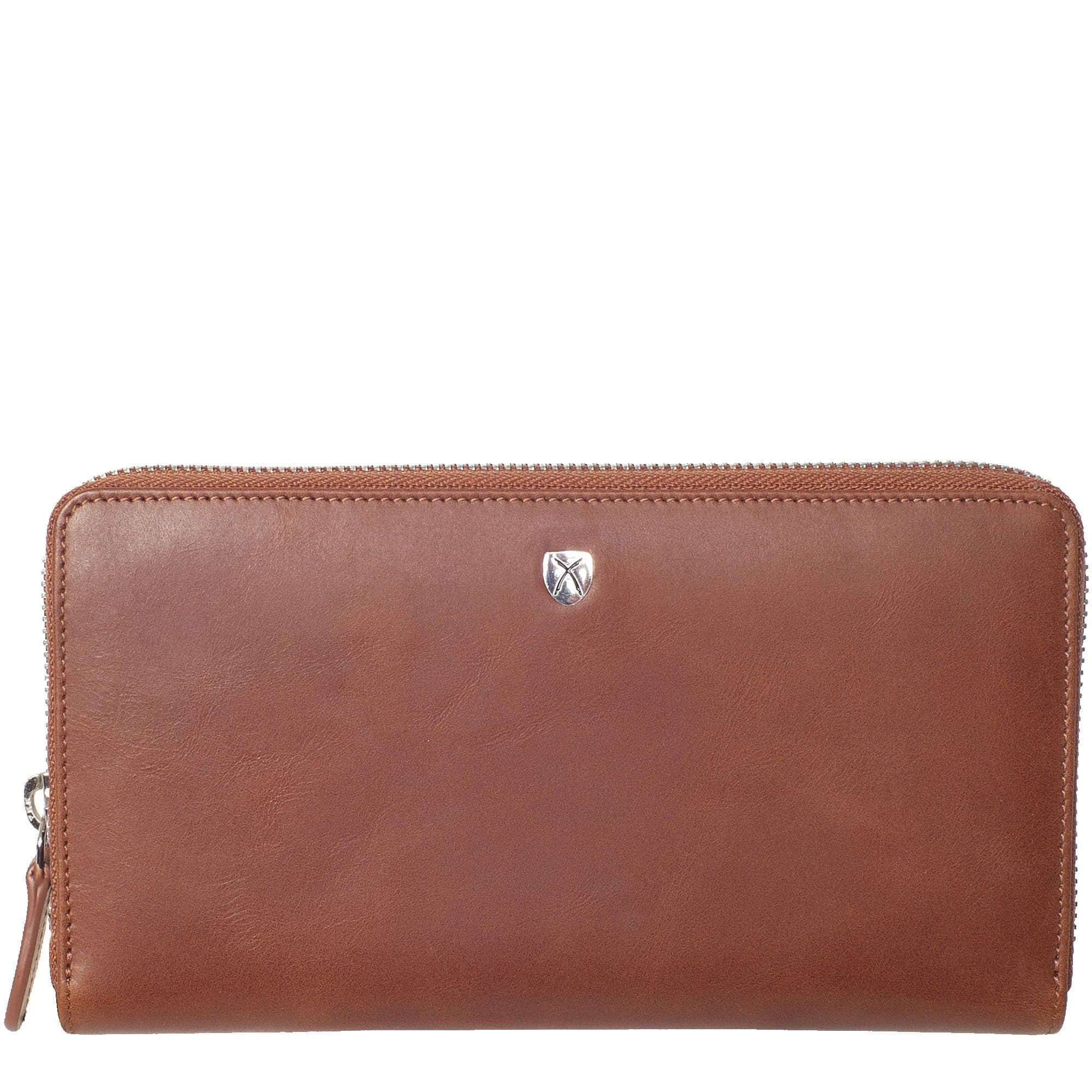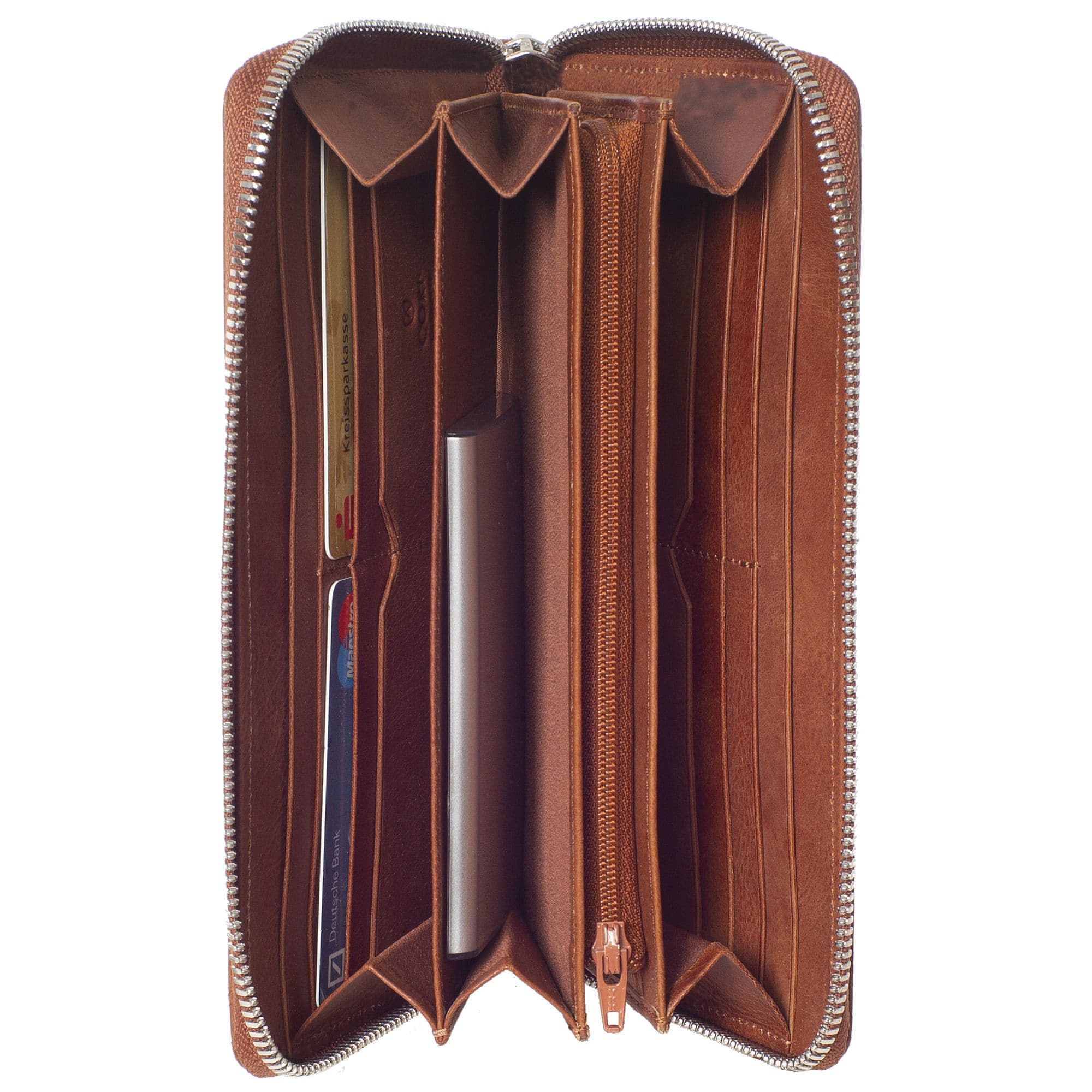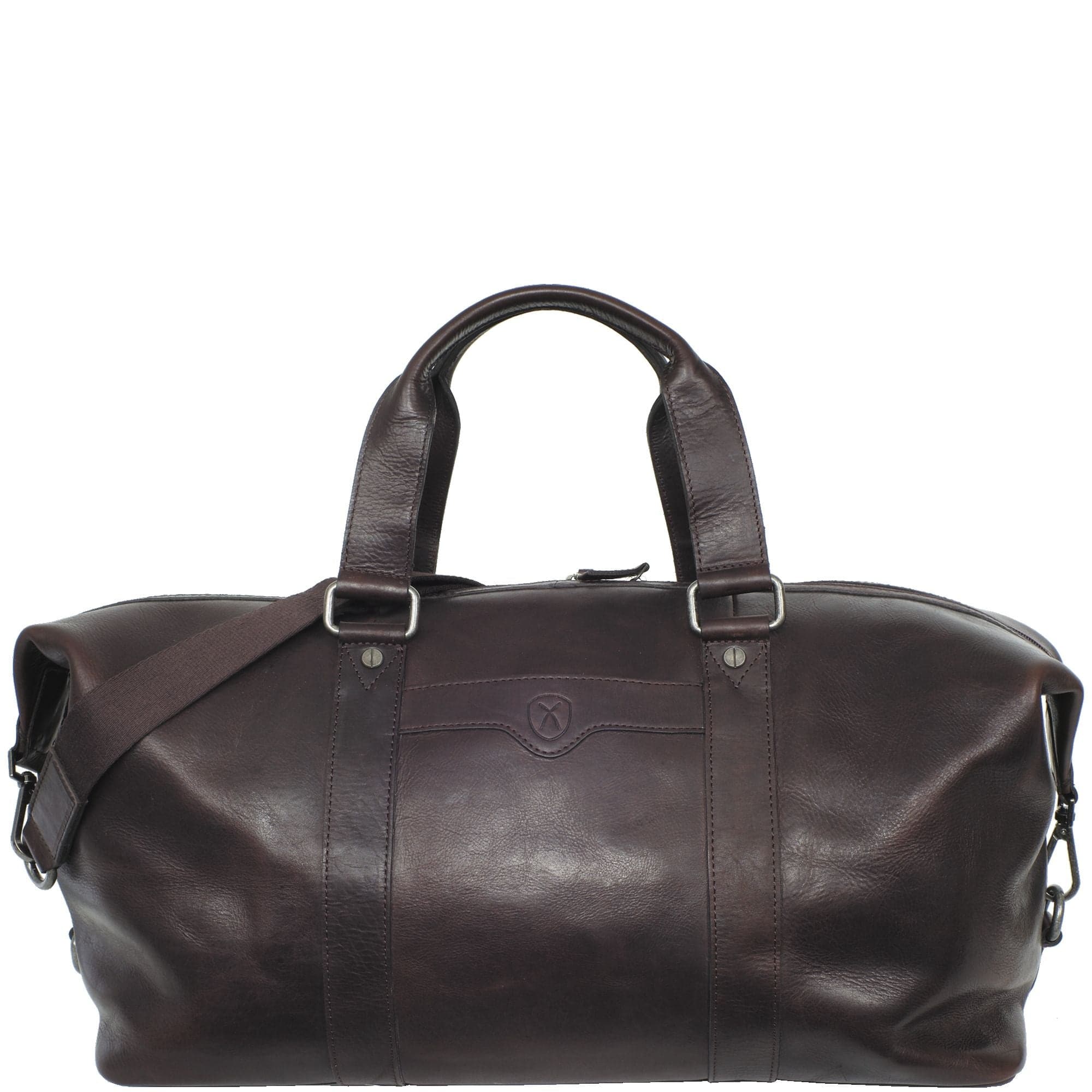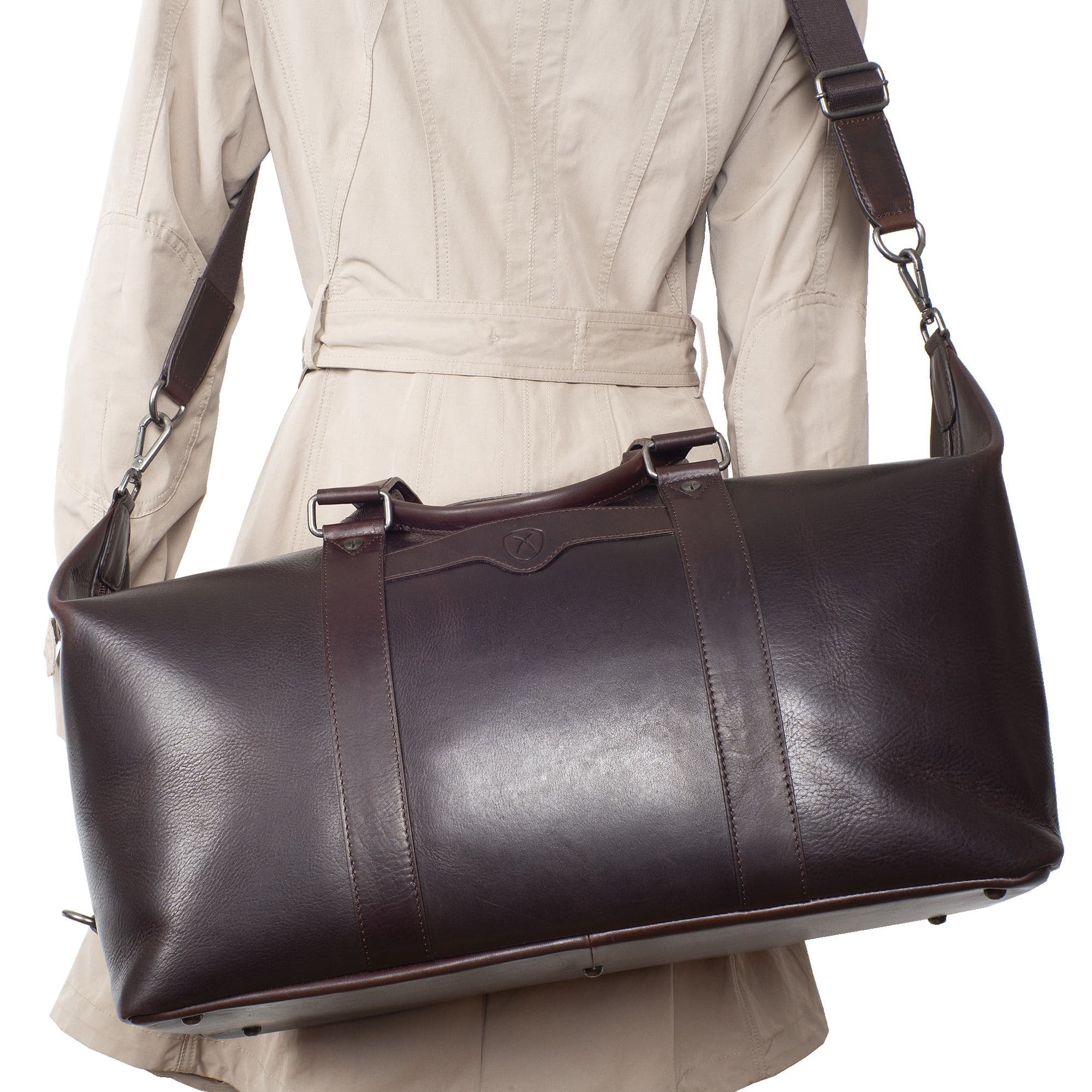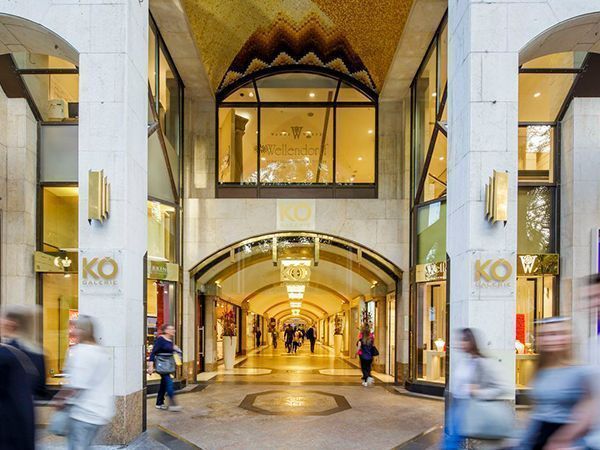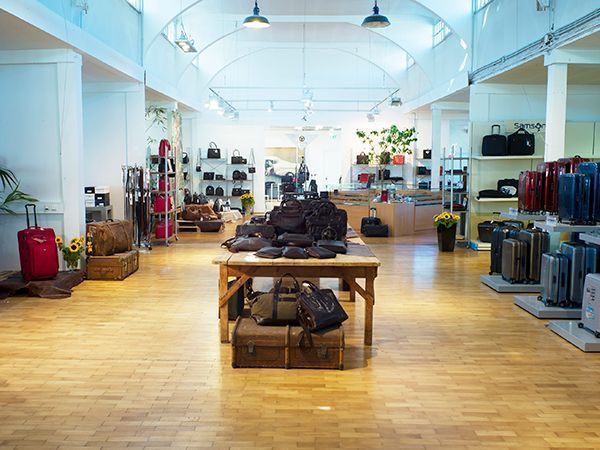Kompromisslos seit 1842
Wo Funktionalität, Design und Qualität sich in jeder Faser begegnen.
Für DamenFür Herren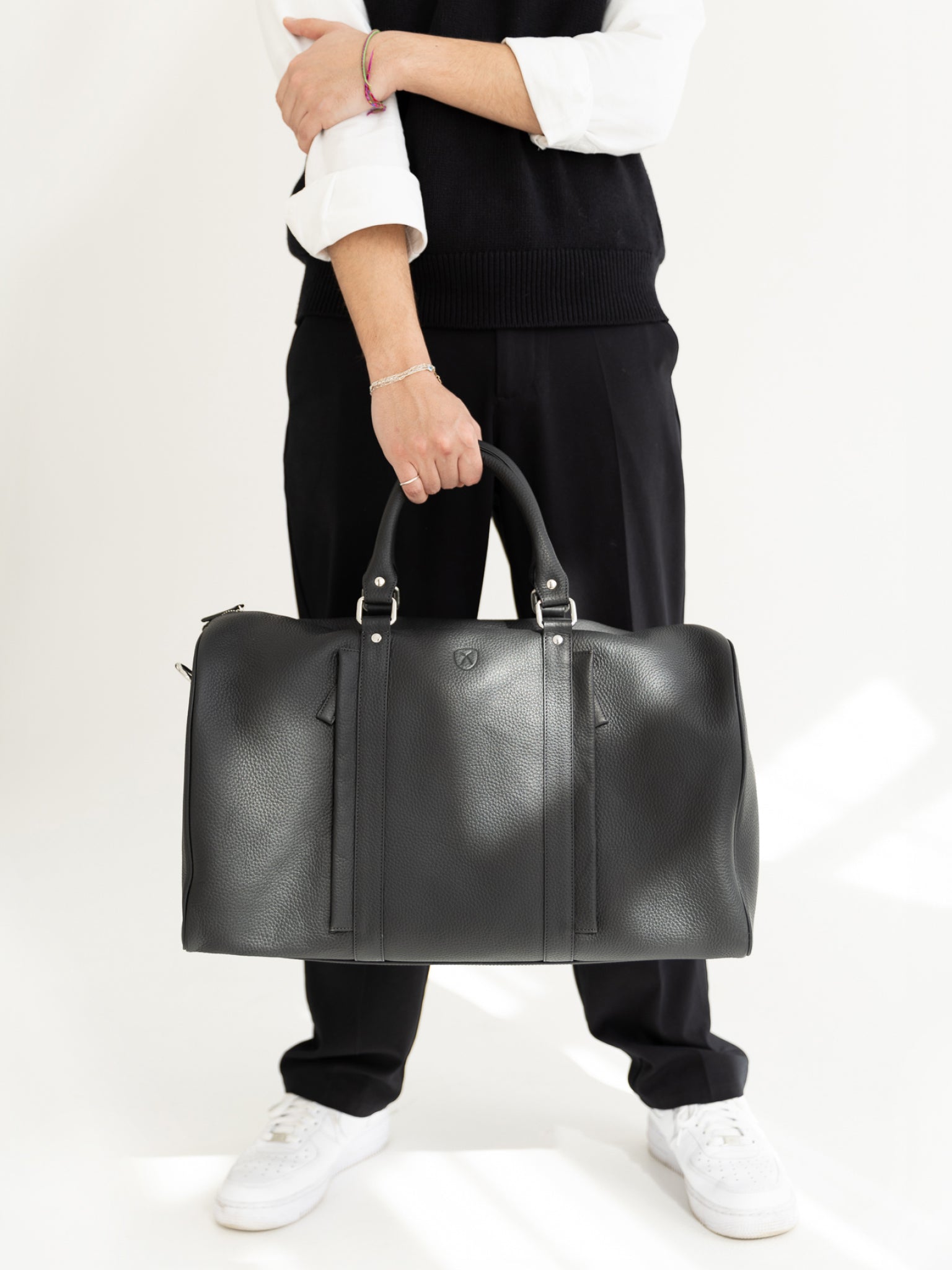
Zeitlose Eleganz
Unsere Designer legen großen Wert auf funktionale Eleganz und eine zeitlose Formgebung, die über saisonale Trends hinaus Bestand hat.
Unser RatgeberEine Tradition
Bei Corf Offermann verbinden wir seit 1842 traditionelle Handwerkskunst mit visionärem Design, um nicht nur Produkte, sondern Erbstücke zu schaffen.
Zur Story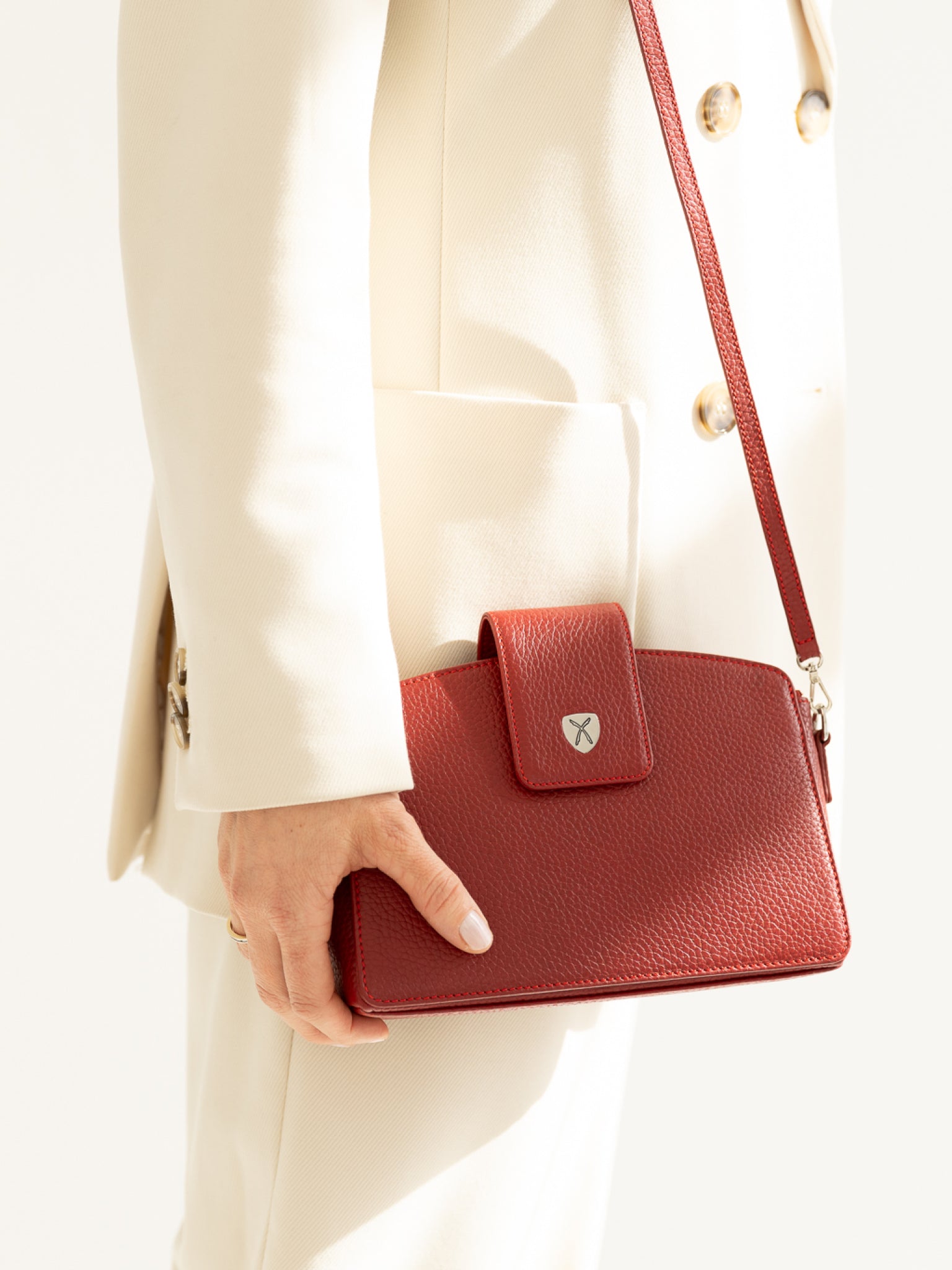
Premium Qualität
Unsere Marke verkörpert Spitzenqualität, akribische Detailgenauigkeit und beständige Wertigkeit. Wir garantieren meisterhafte Fertigungskunst.
Unsere Garantie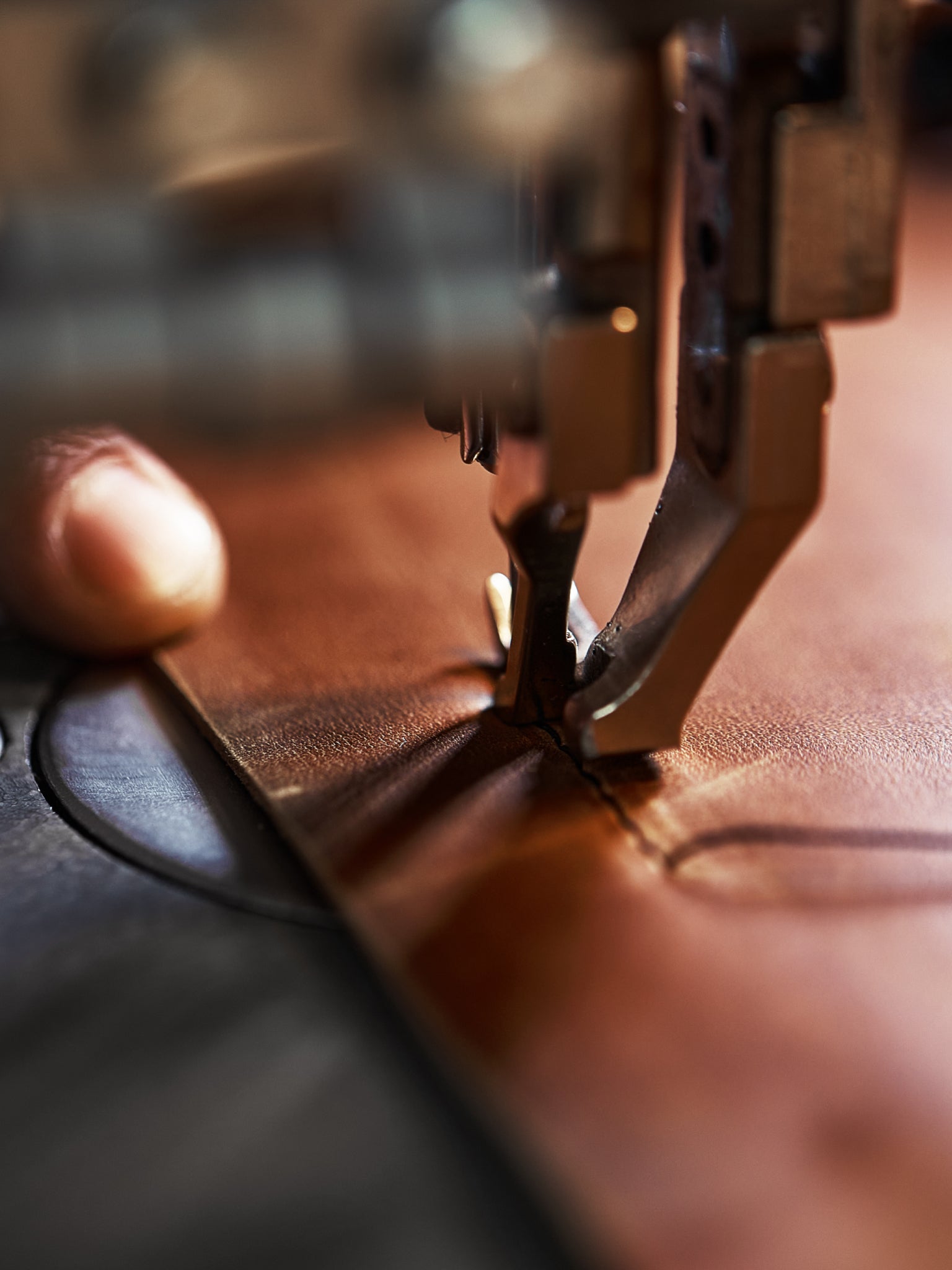
Über uns
Tradition seit mehr als 180 Jahren
Corf steht für hochwertige Taschen und eine Tradition, die vor mehr als 180 Jahren mit der Gründung einer Gerberei durch Jacob Offermann begann. Heute stehen Taschen aus hochwertigem Leder im Mittelpunkt unserer Kollektion.
Mit unserer Erfahrung in der Produktion können wir für jede Ledertasche die richtige Lederart wählen: ein festes Glattleder für Aktentaschen, ein genarbtes Leder für Businesstaschen oder ein weiches Anilinleder für Portemonnaies und Kreditkartenetuis. Für sportliche Kunden bieten wir Business- und Reisetaschen auch in einer Kombination aus Canvas mit Leder an.
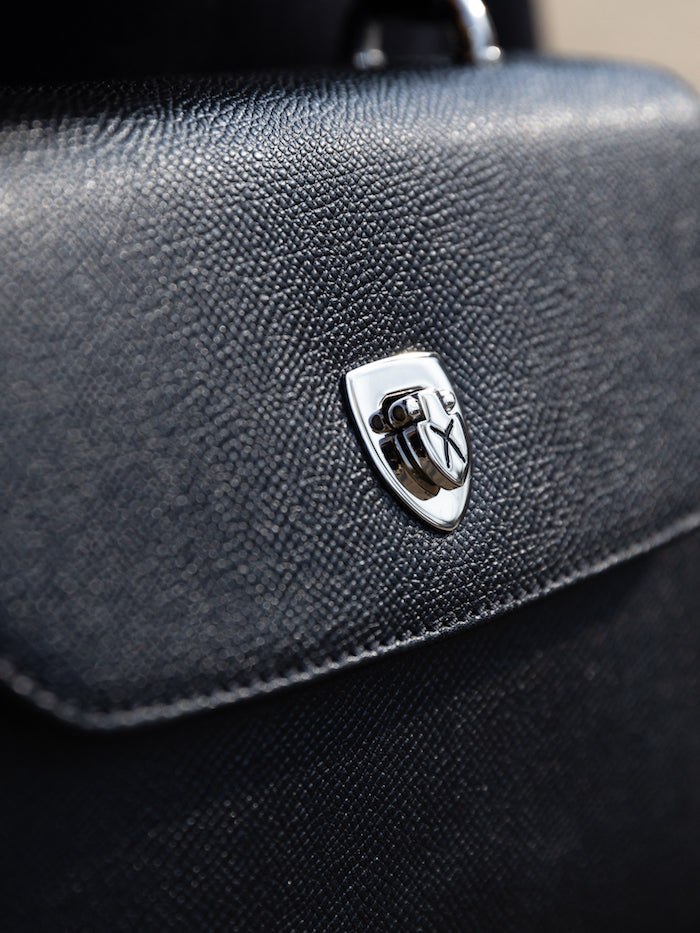
Material
Entdecken Sie die Vielfalt bei Corf
Entdecken Sie bei Corf exklusive Businesstaschen, Rucksäcke, Handtaschen und Reisetaschen, die Sie bequem online erwerben können. Unsere Palette an Ledertaschen umfasst nicht nur zeitgemäße Businesstaschen, Laptoptaschen und Business-Rucksäcke, sondern auch stilvolle Handtaschen.
Unser Fokus liegt auf Businesstaschen für Damen und Herren, die speziell darauf ausgerichtet sind, den hohen Anforderungen des heutigen Berufsalltags gerecht zu werden.
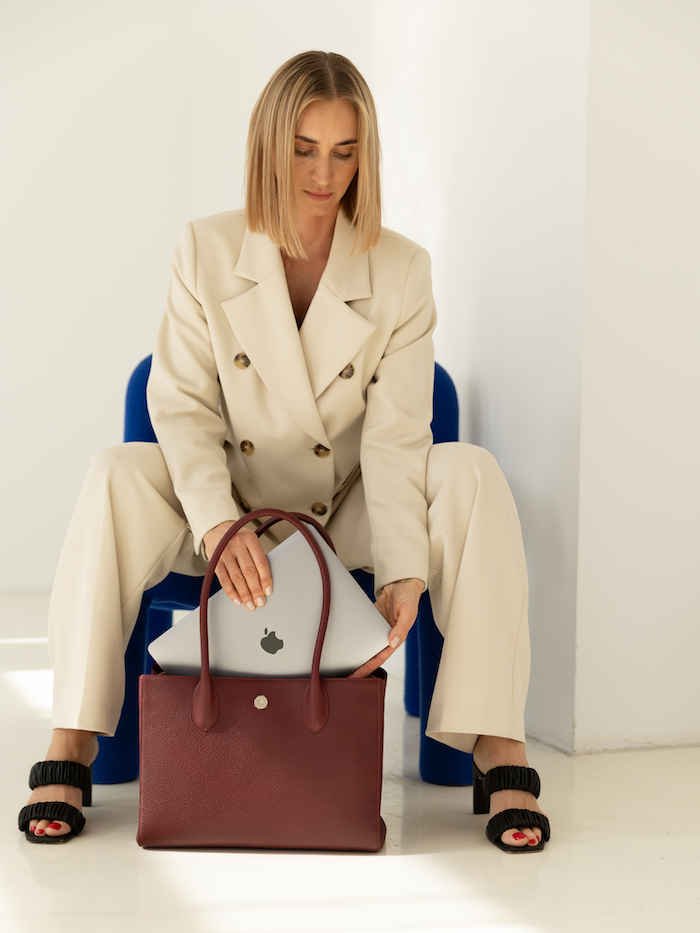
Funktionalität
UNSERE TASCHEN SIND LANGLEBIG
Neben einem zeitlosen Design steht bei der Entwicklung neuer Modelle die funktionale Gestaltung im Vordergrund. Dies betrifft sowohl die Inneneinrichtung unsere Aktentaschen und Laptoptaschen wie auch die unserer Geldbörsen und Kartenetuis.
Griffe und Schulterriemen gewährleisten ein angenehmes Tragen. Wir achten darauf, dass die Fächereinteilungen von Aktenkoffern, Mappen und Etuis den Anforderungen des modernen Businesslebens entsprechen. Alle Taschen sollen sich funktional ergänzen. Kreditkartenetuis passen in die Fächer der Notebooktaschen und Konferenzmappen.
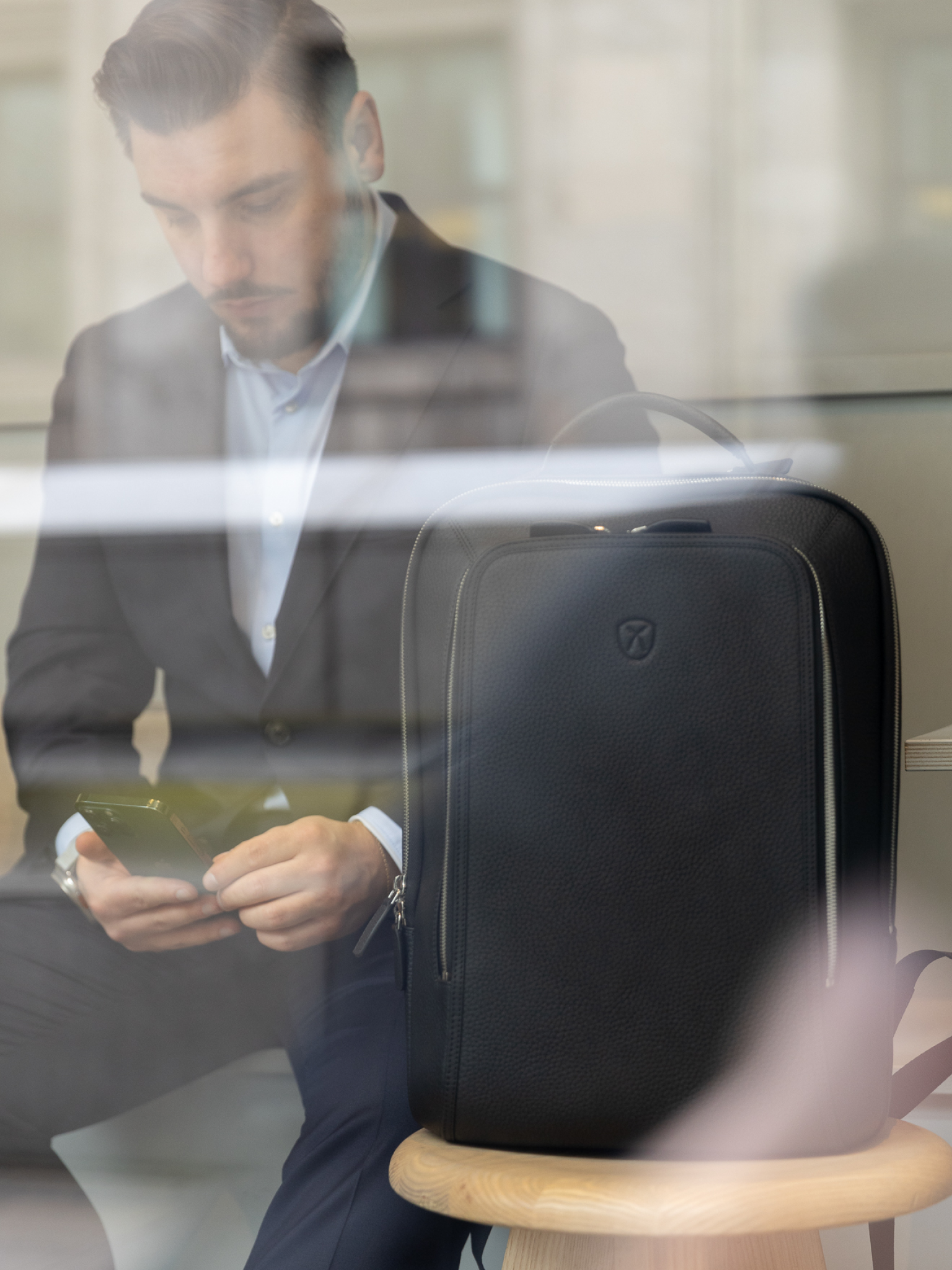
Nachhaltigkeit
Nachhaltige Qualität - Unsere Spezialität.
Die Herstellung der Ledertaschen und Geldbörsen erfolgt in unserer Manufaktur in Deutschland sowie unter strenger Kontrolle in zertifizierten Partnerbetrieben.
Leder ist ein hochwertiges und nachhaltiges Material, das durch die Verarbeitung bzw. das Gerben der bei der Fleischproduktion anfallenden Häute entsteht. Wir verarbeiten kein Kunstleder. Da Taschen aus Leder sehr strapazierfähig sind, können sie viele Jahre genutzt werden.
Auch die sorgfältige Verarbeitung und die Qualität unserer Schlösser und Beschläge garantieren die Langlebigkeit unserer Ledertaschen. Material und Verarbeitung sind die wesentlichen Faktoren der Nachhaltigkeit unserer Businesstaschen, Rucksäcke, Weekender und Accessoires.
Unser Ratgeber

Die Besten Ledertaschen von Corf Offermann. Auf unseren Bestenlisten möchten wir Ihnen die Suche nach der Ledertasche erleichtern, die Sie sich wünschen. Die Auswahlkriterien für unsere Vorschläge ...
Weiterlesen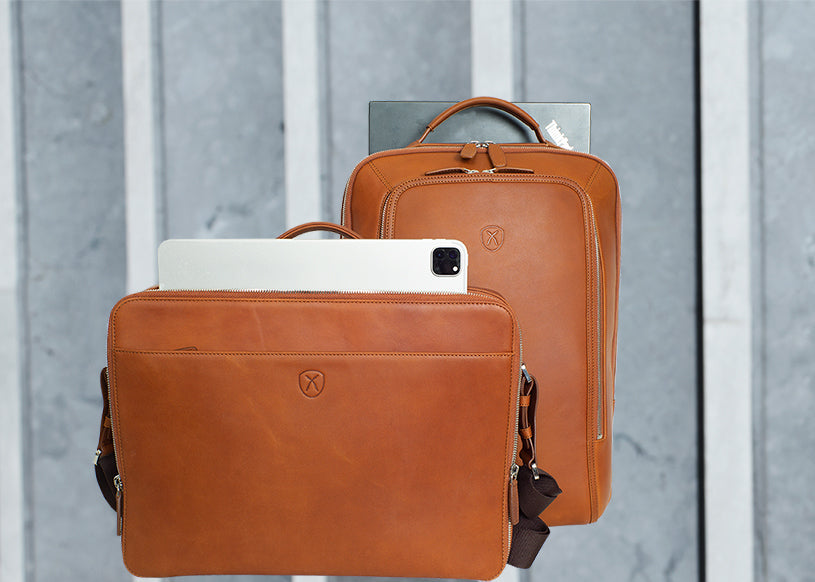
Laptoptaschen- und Notebookgröße
Notebooks und Laptops sind heute die wichtigsten Utensilien, die Sie in Ihrer Businesstasche oder in Ihrem Businessrucksack mit auf den Weg ins Büro oder zur Arbeit mitnehmen möchten. Herren wähle...
Weiterlesen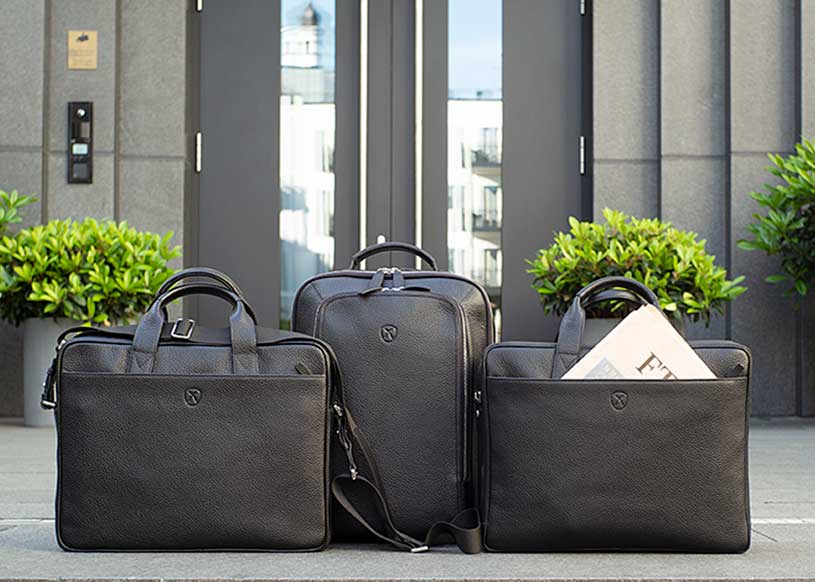
Businesstaschen aus Leder finden
Bei der Wahl einer Businesstasche aus Leder gilt es die wesentlichen Eigenschaften für Ihren Bedarf auszuwählen. Ihre Businesstasche soll die Arbeitstasche sein, die Sie täglich auf dem Weg ins Bür...
WeiterlesenNEWSLETTER
10% Rabatt für Abonnenten
Melden Sie sich jetzt für unseren Newsletter an und sparen Sie bis zu 169€.
